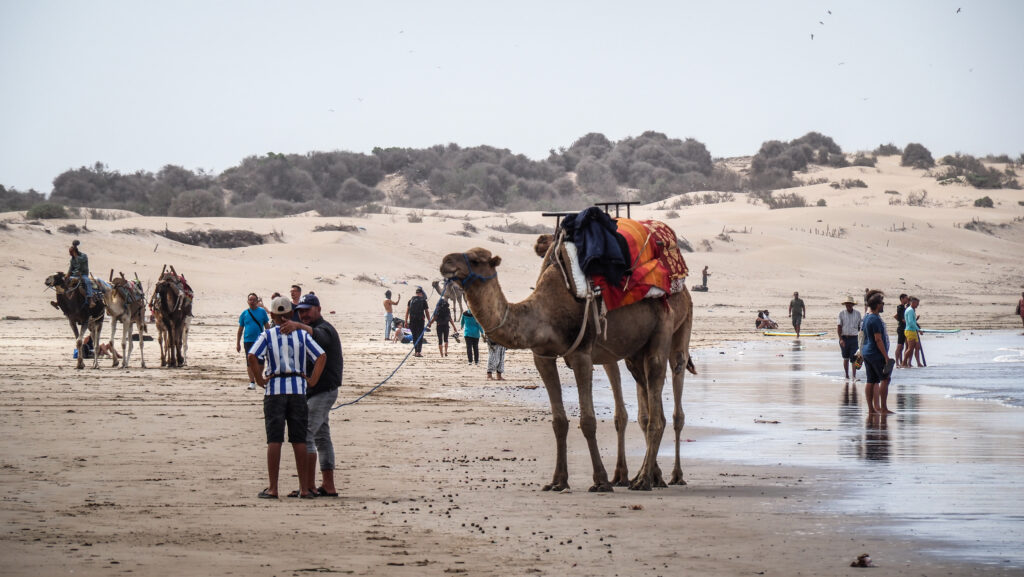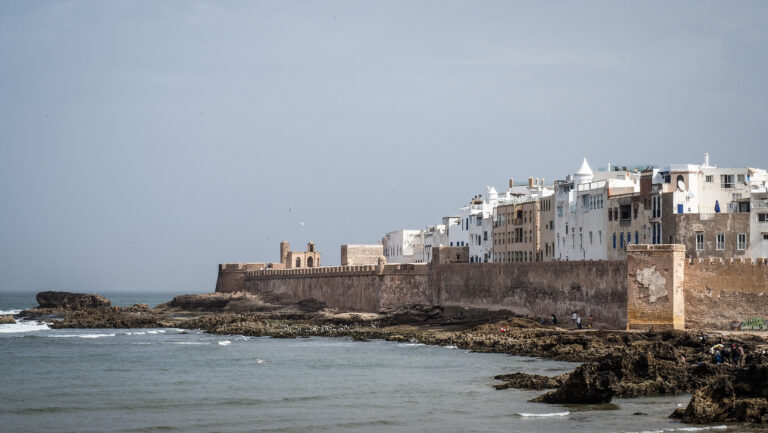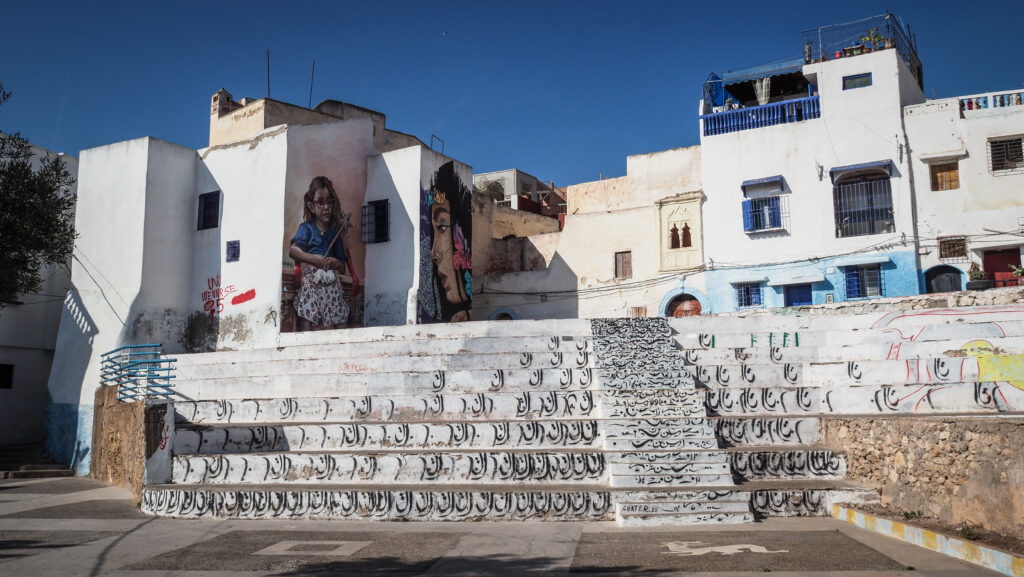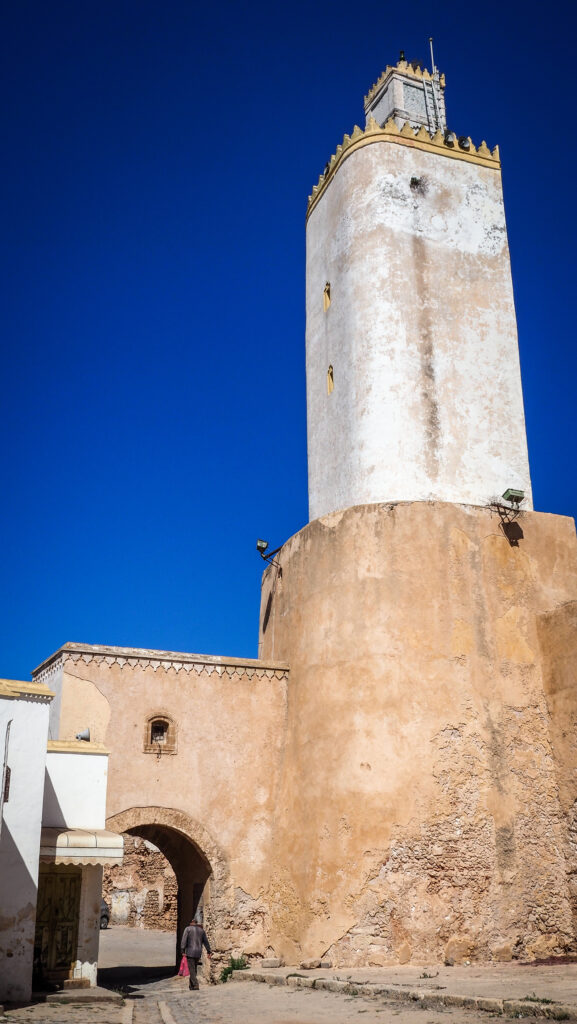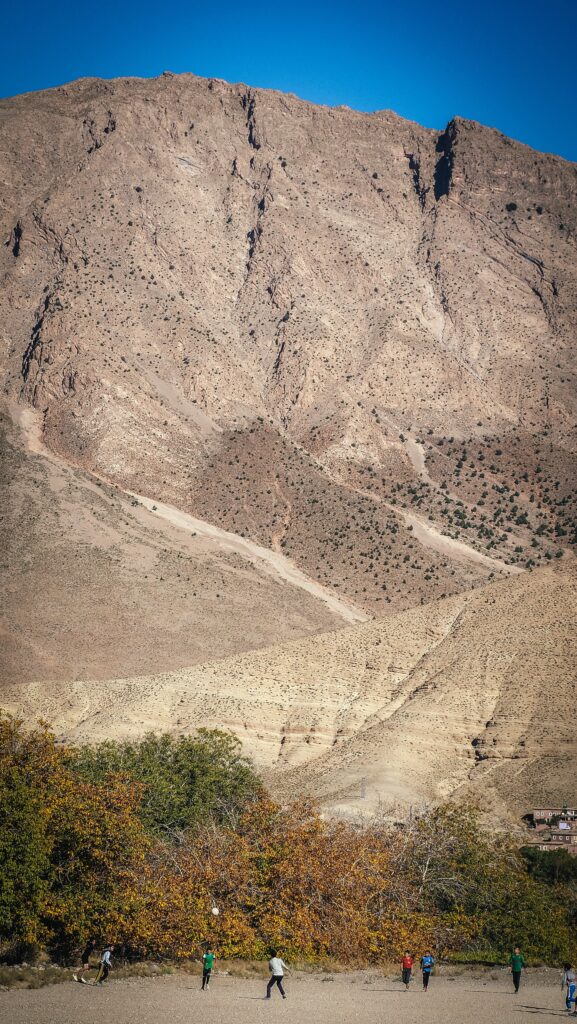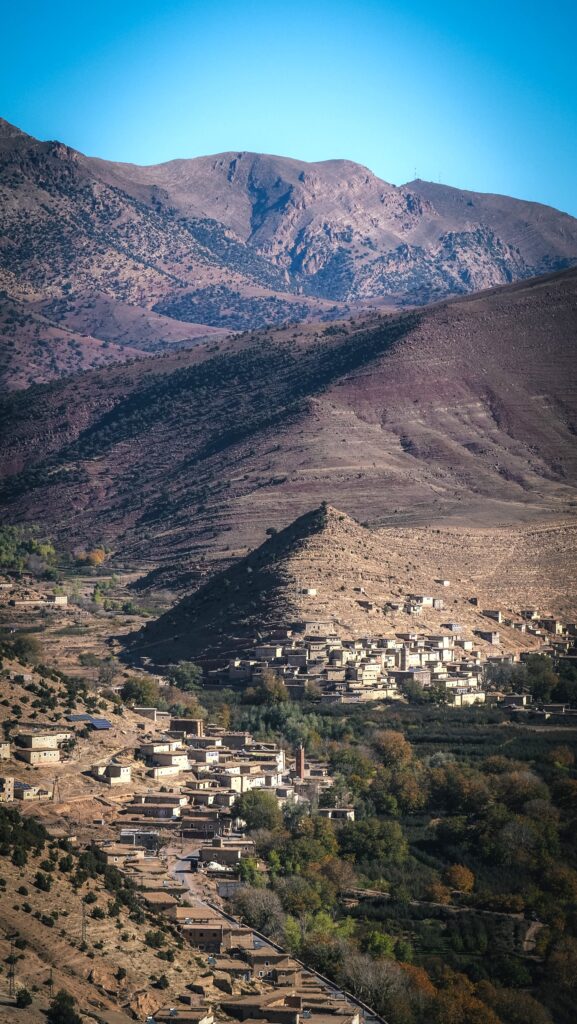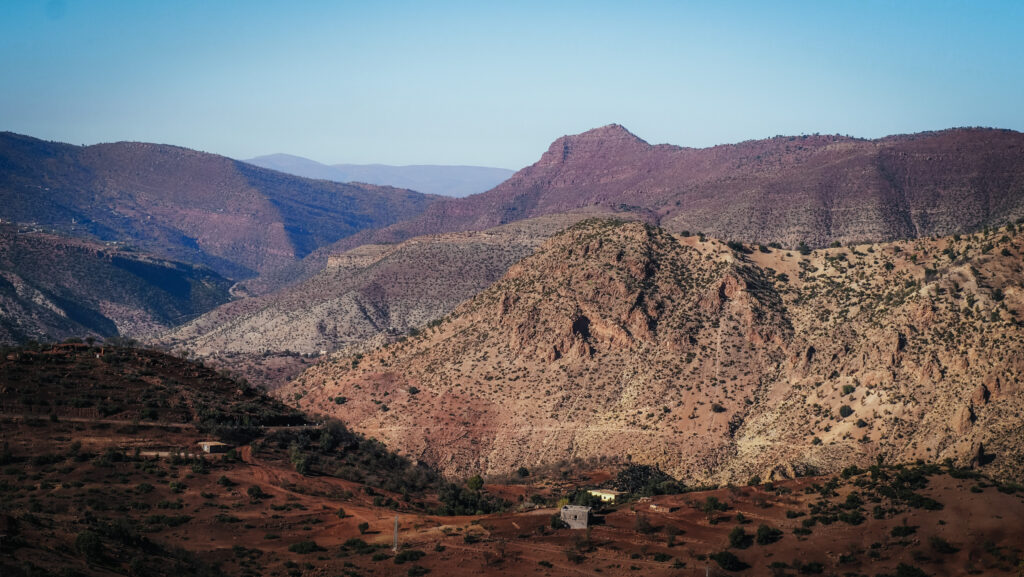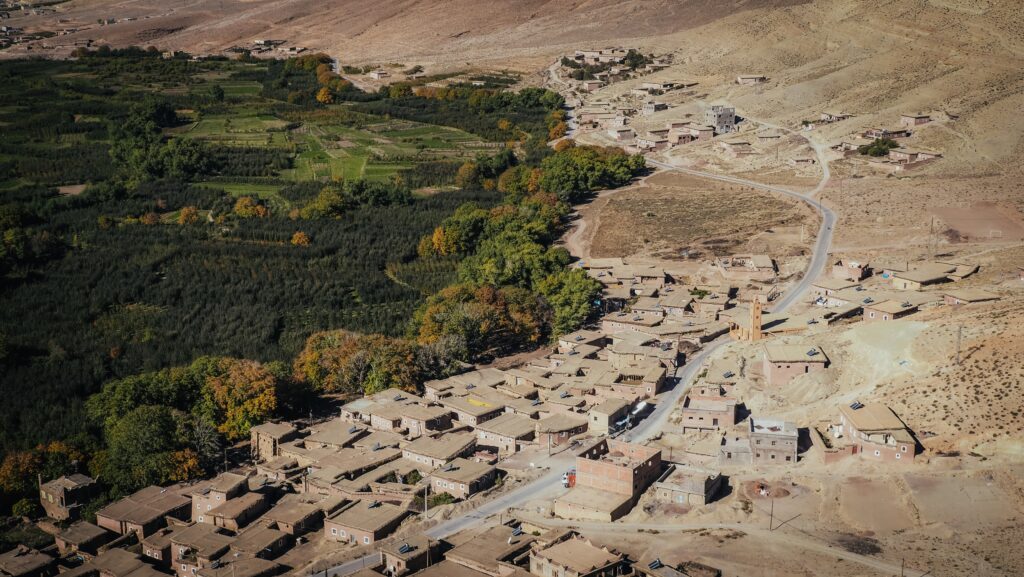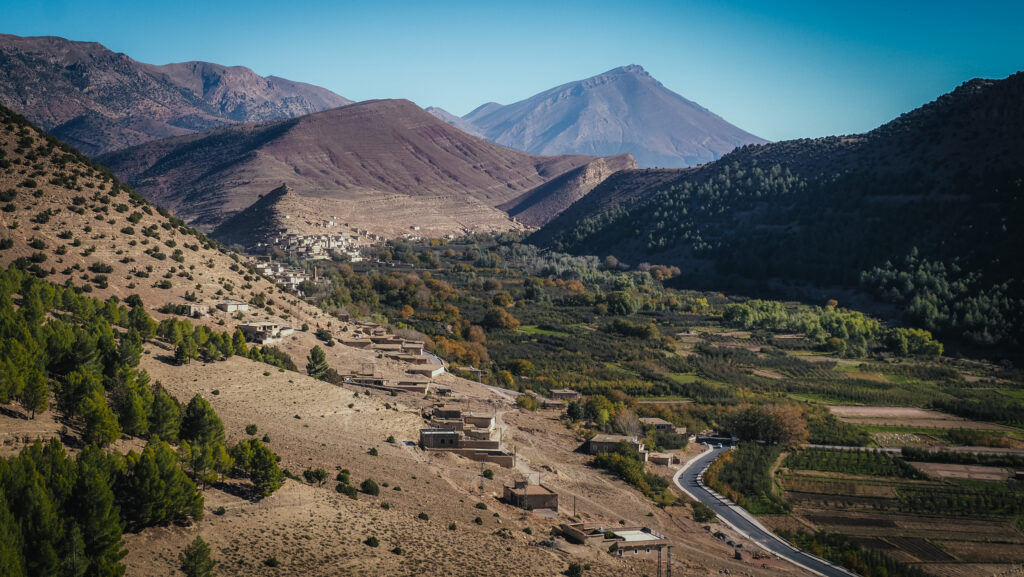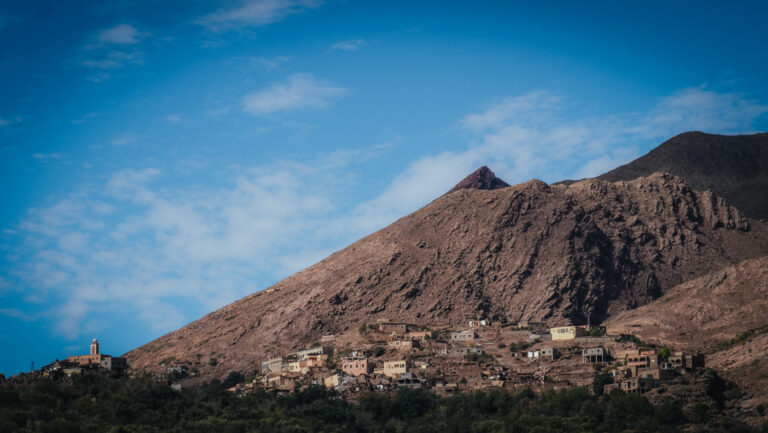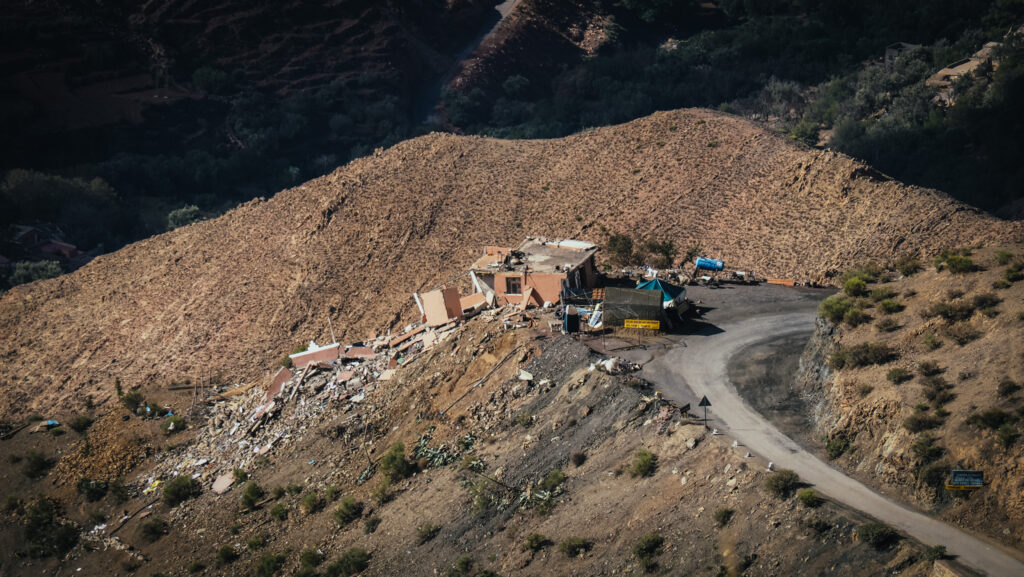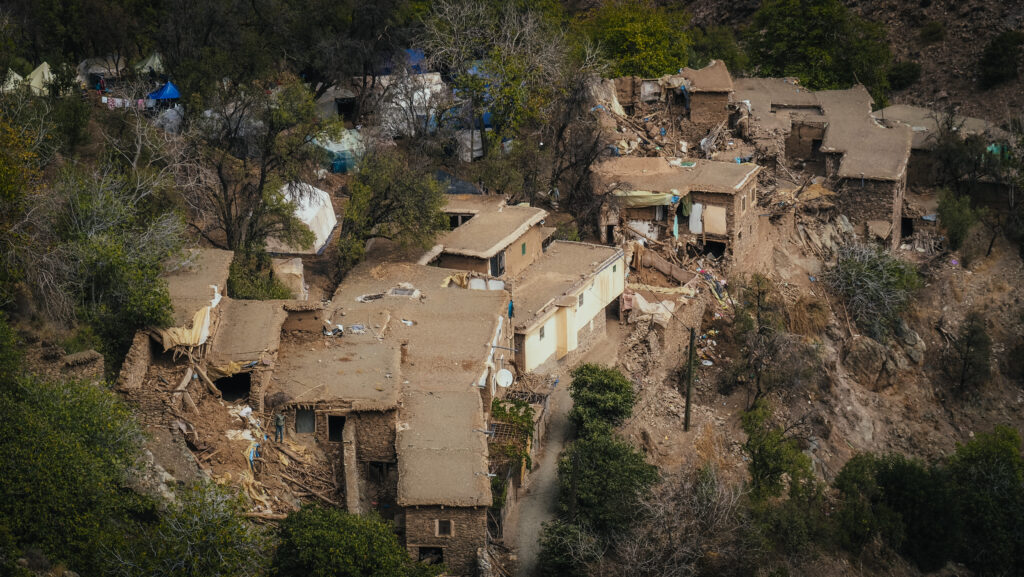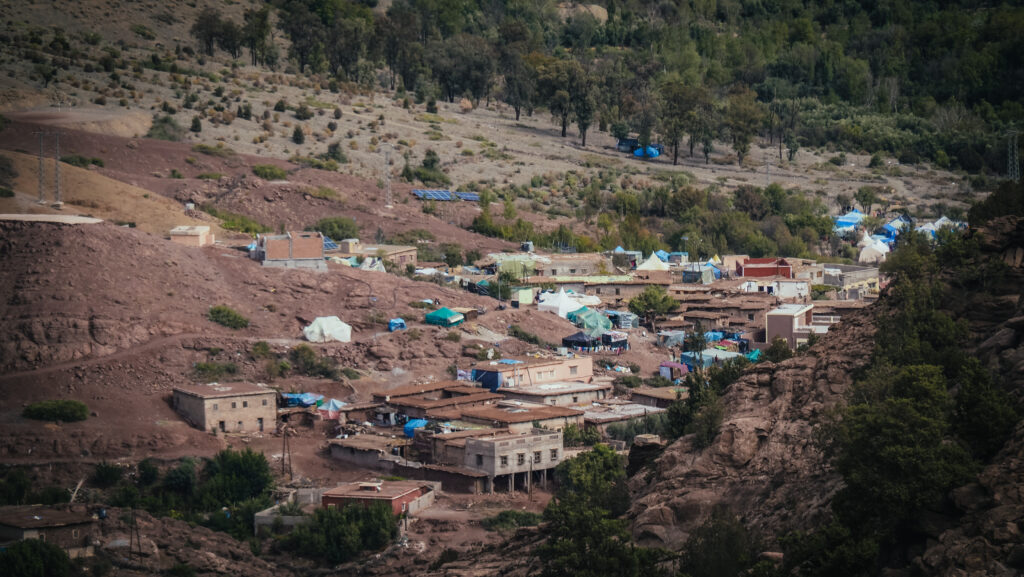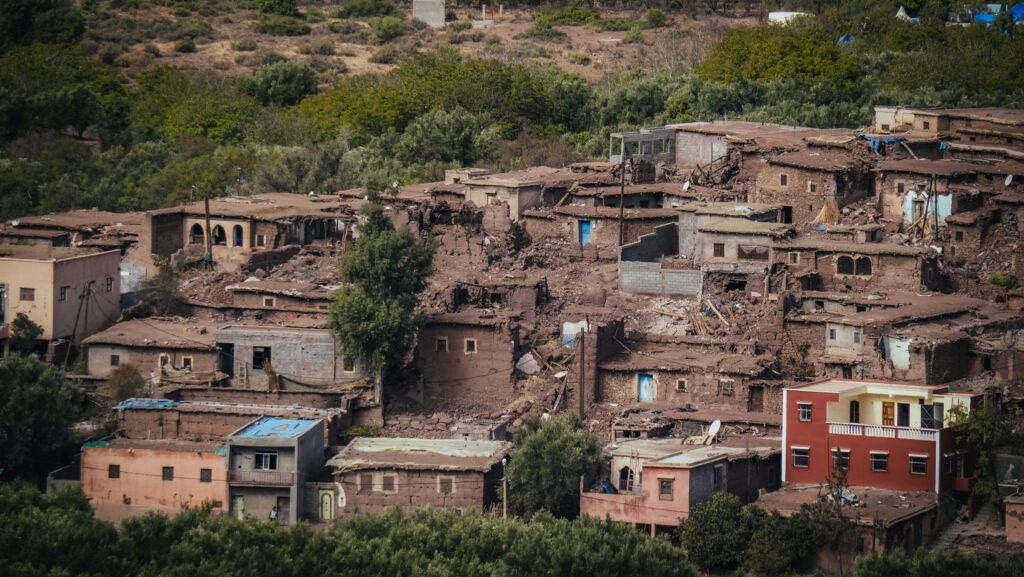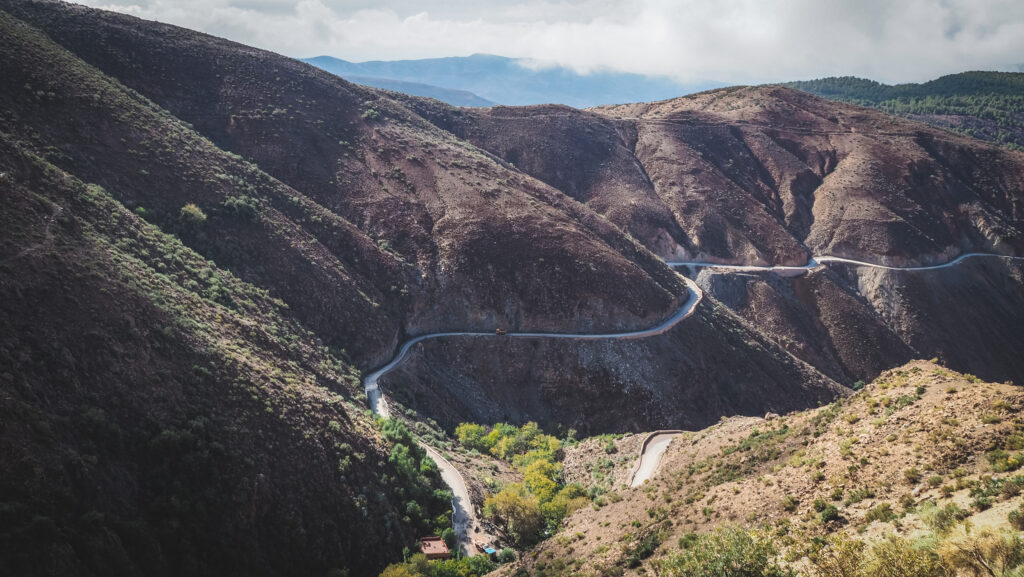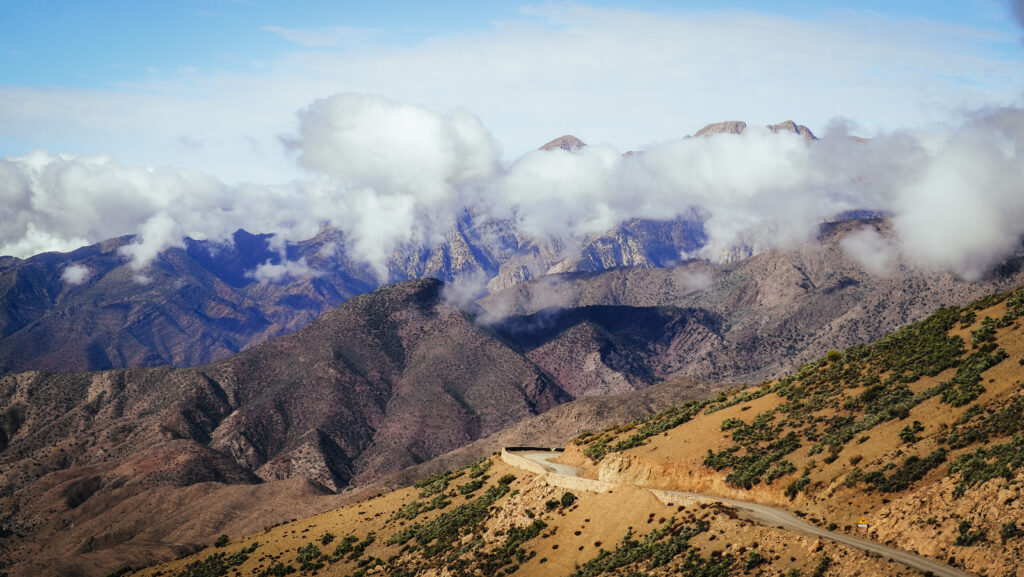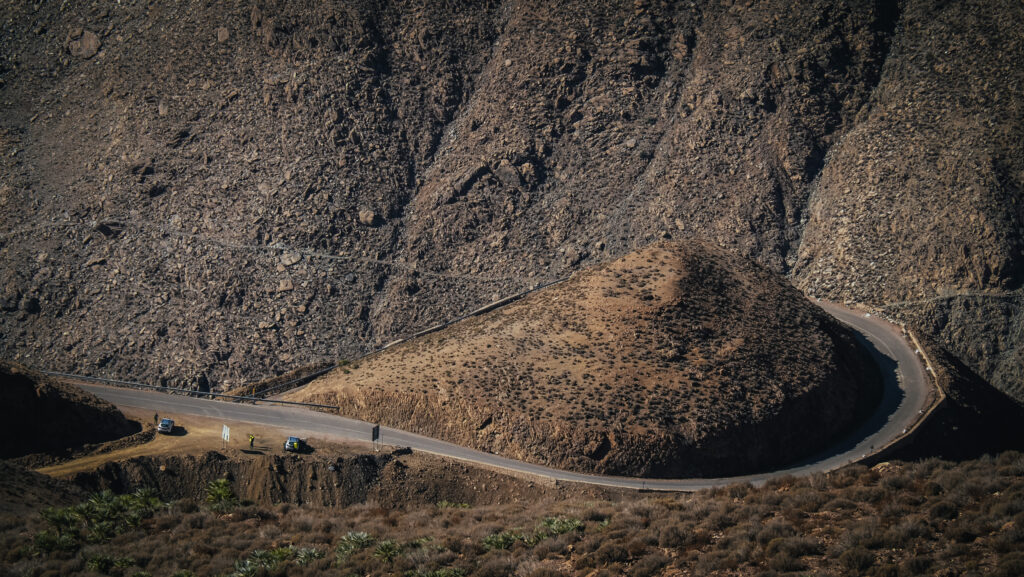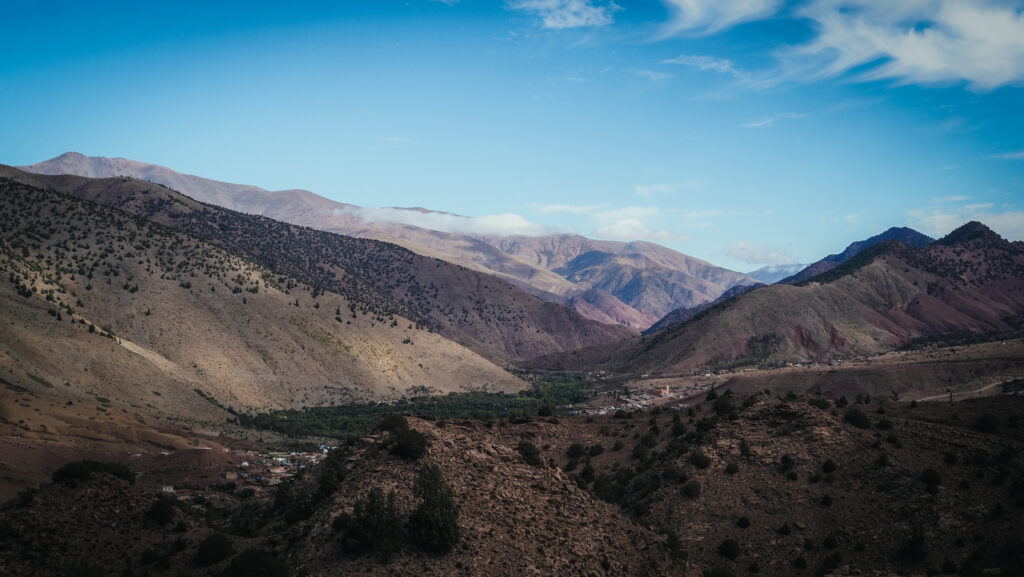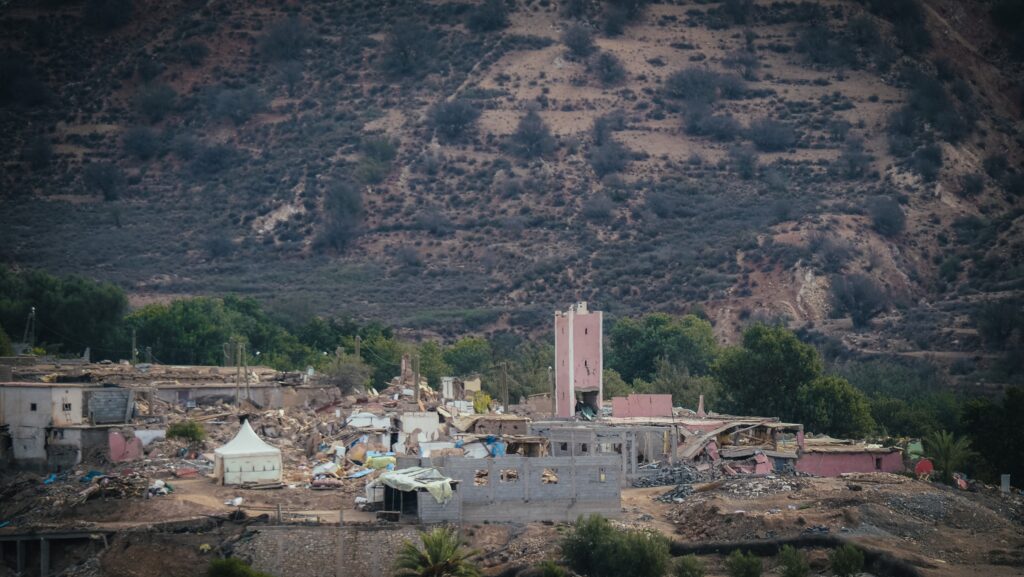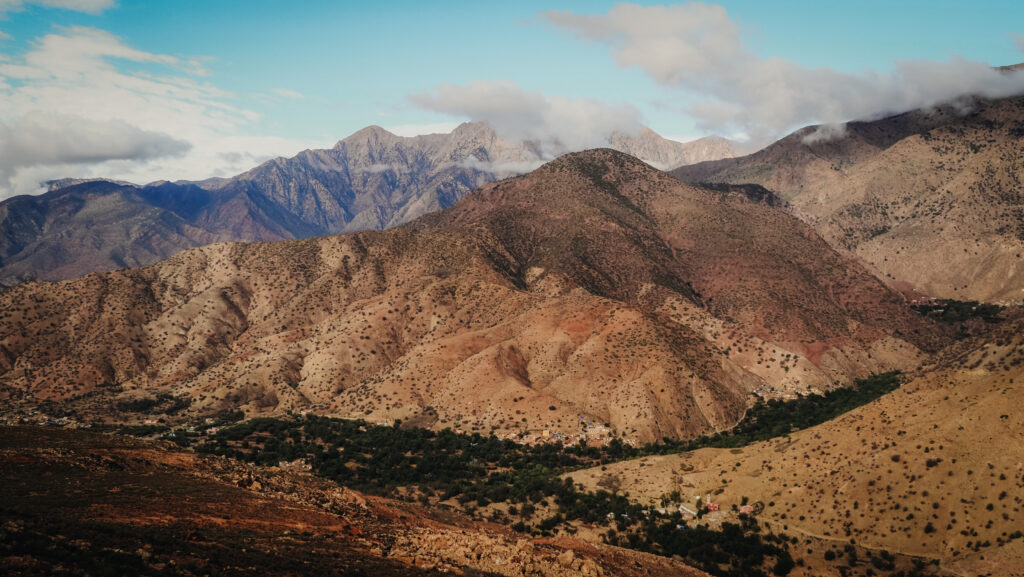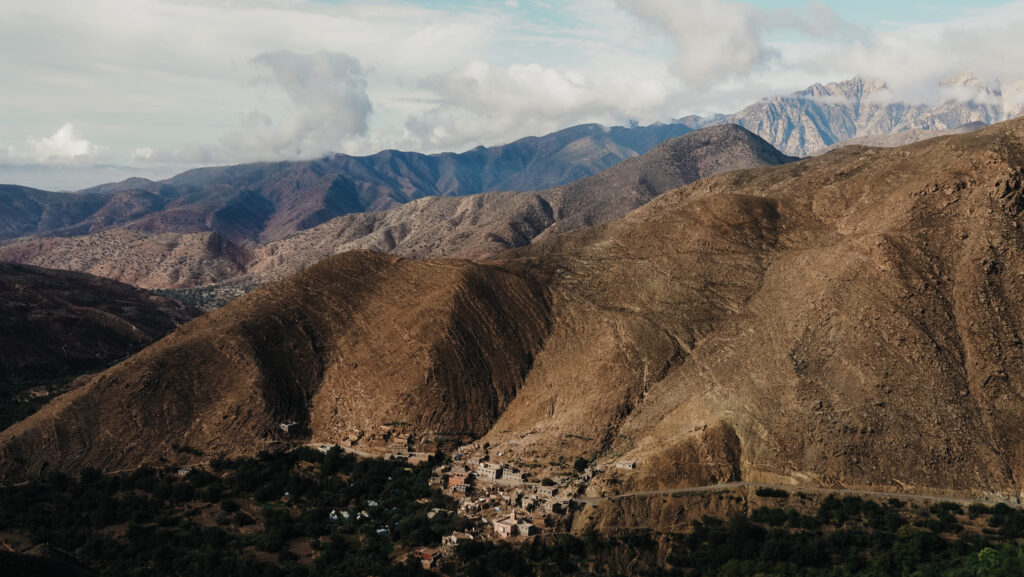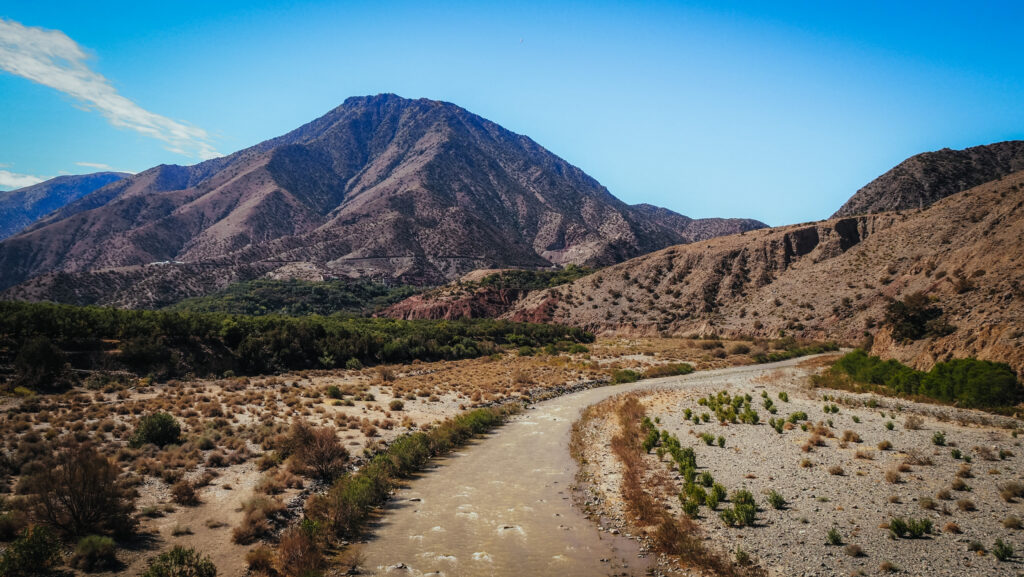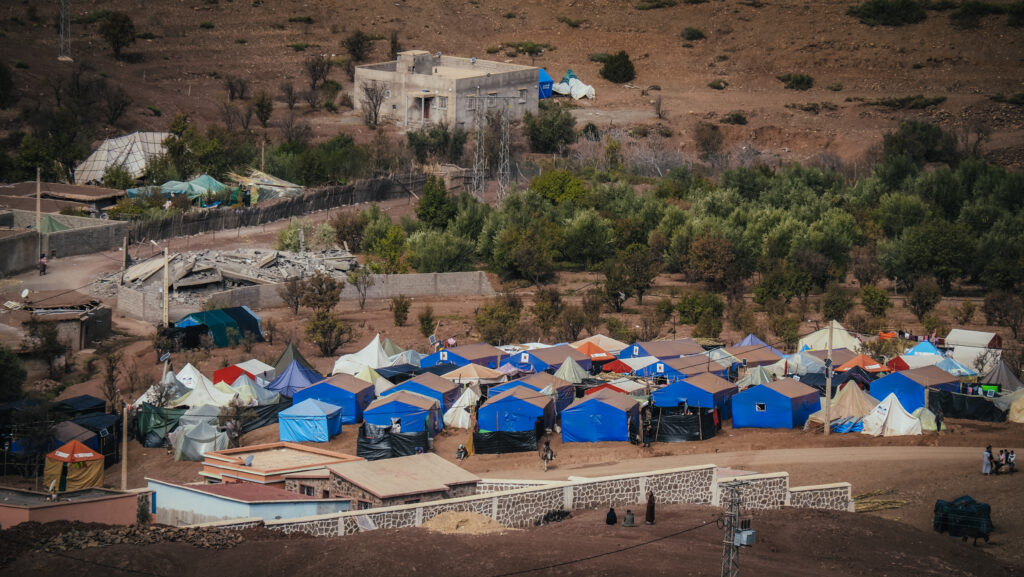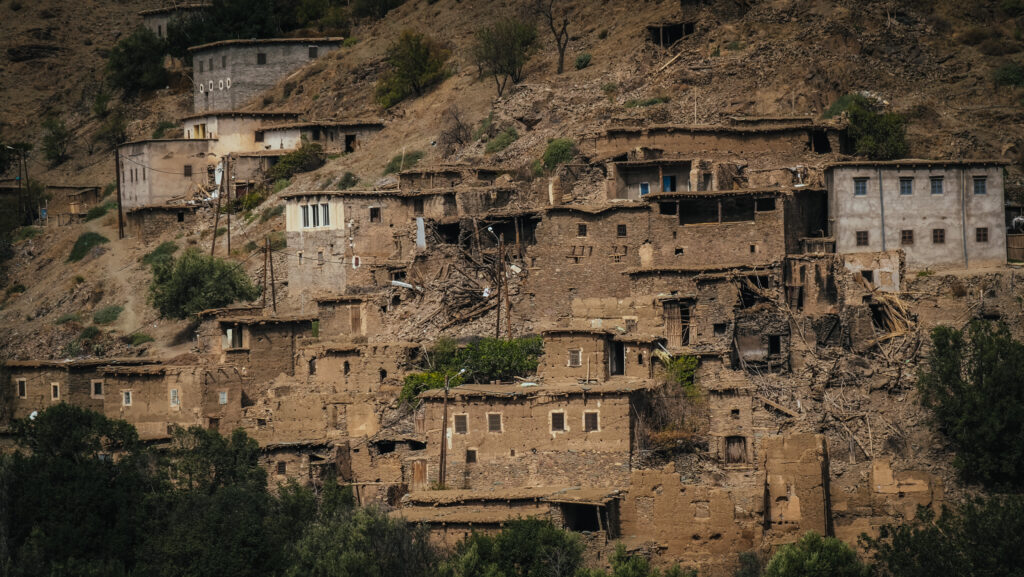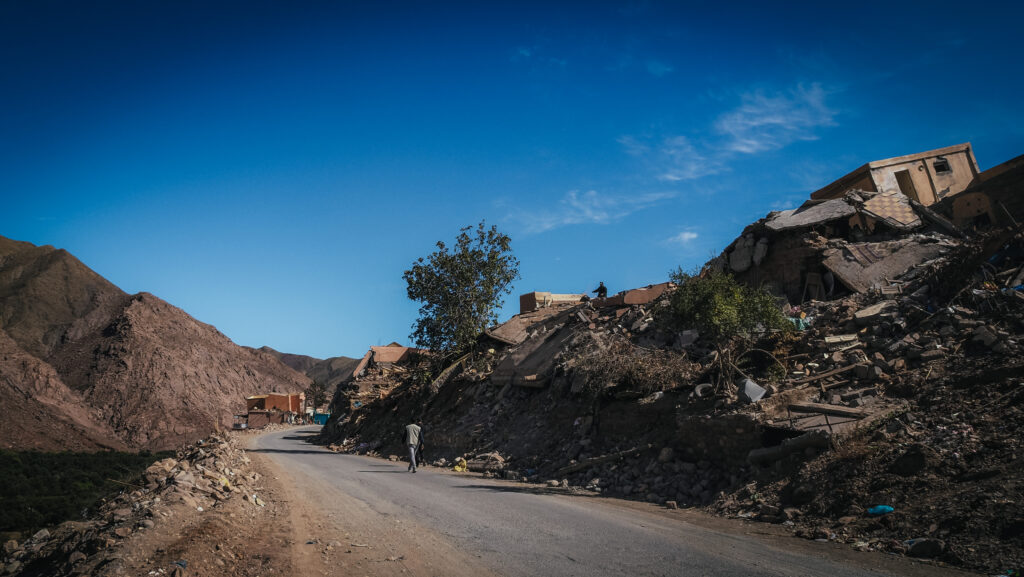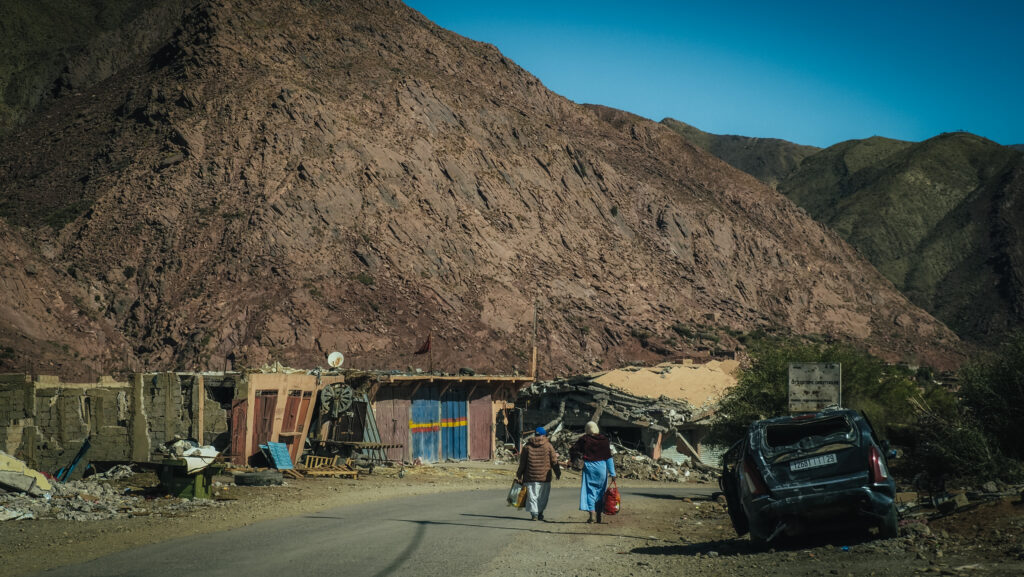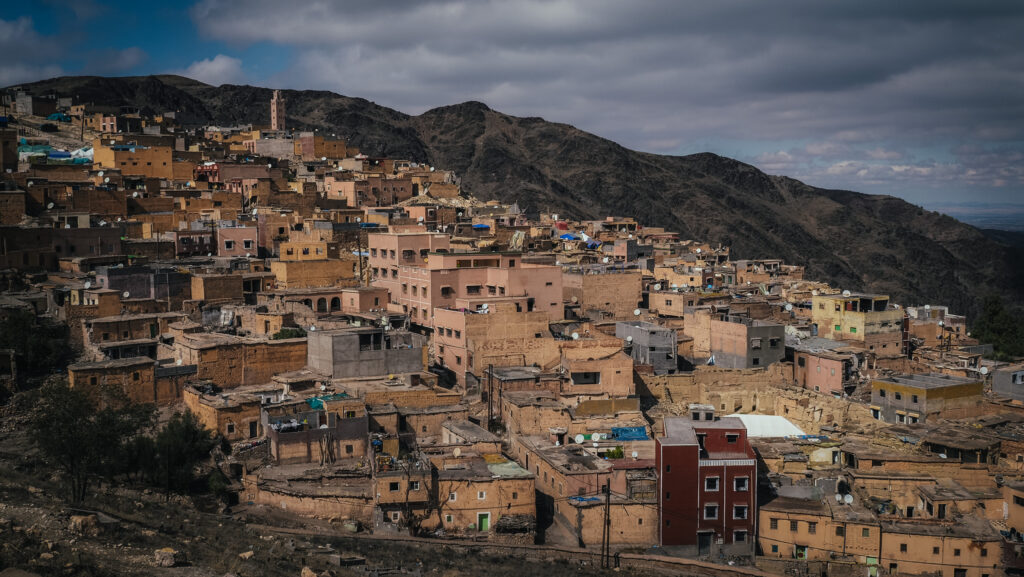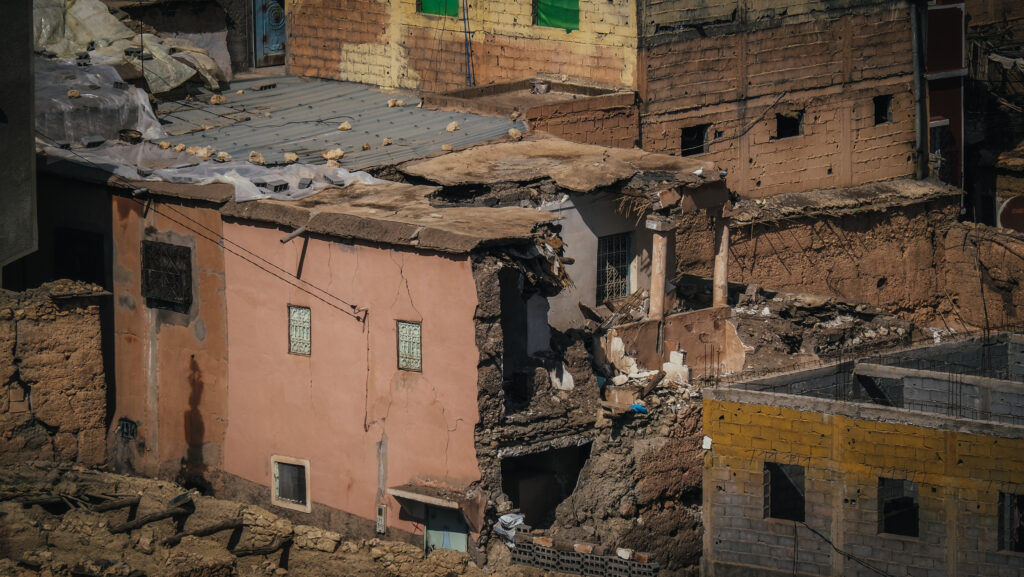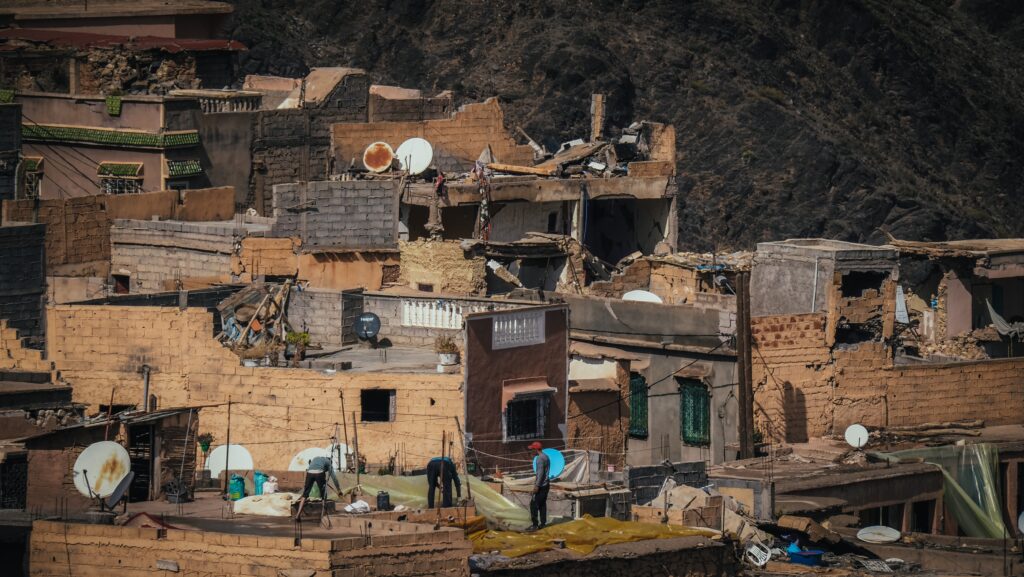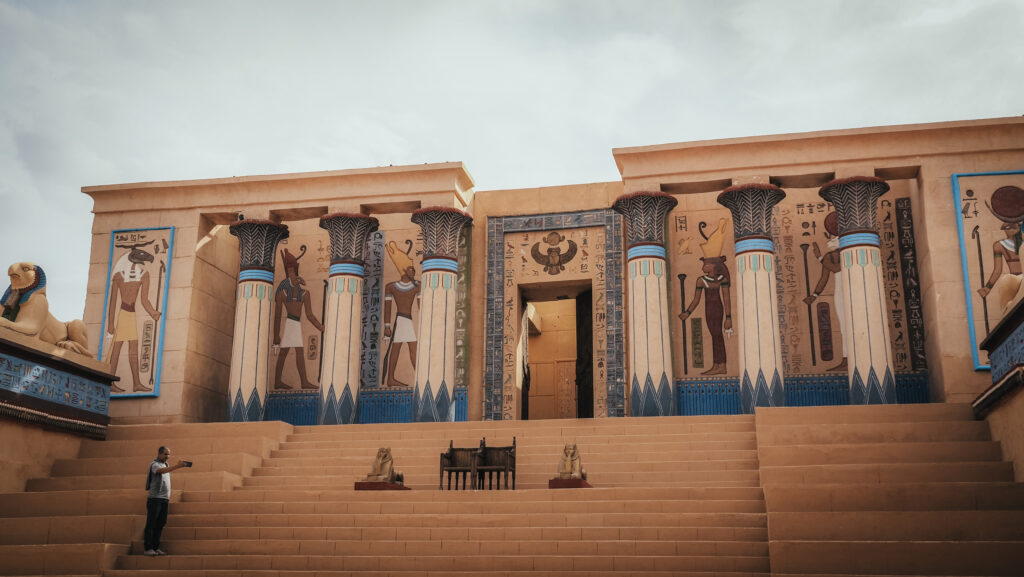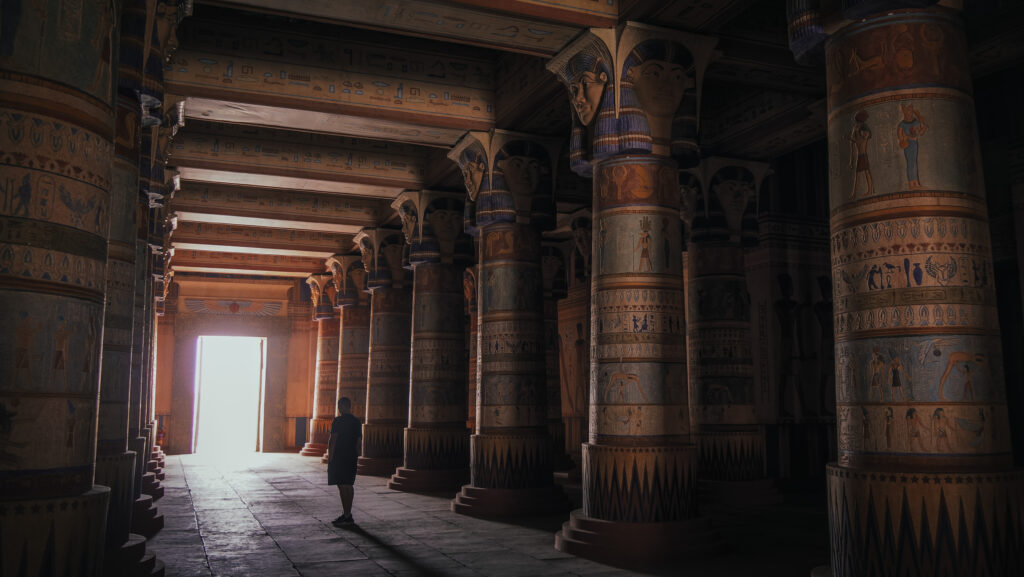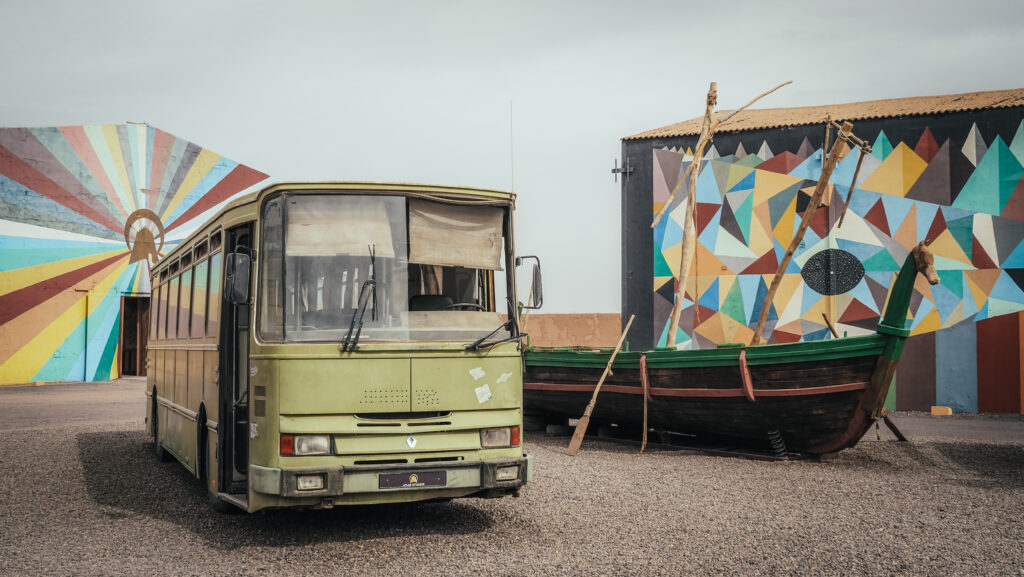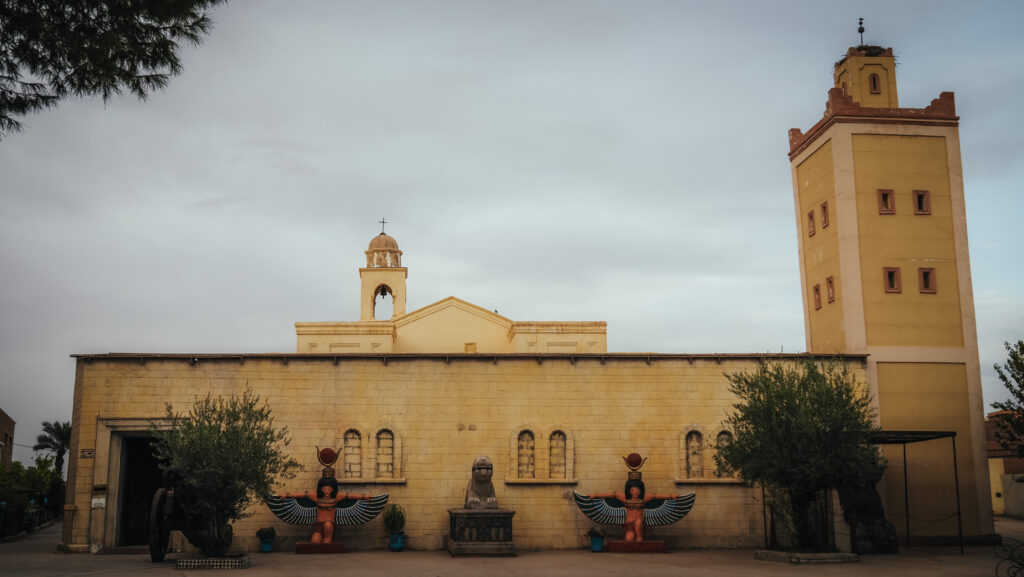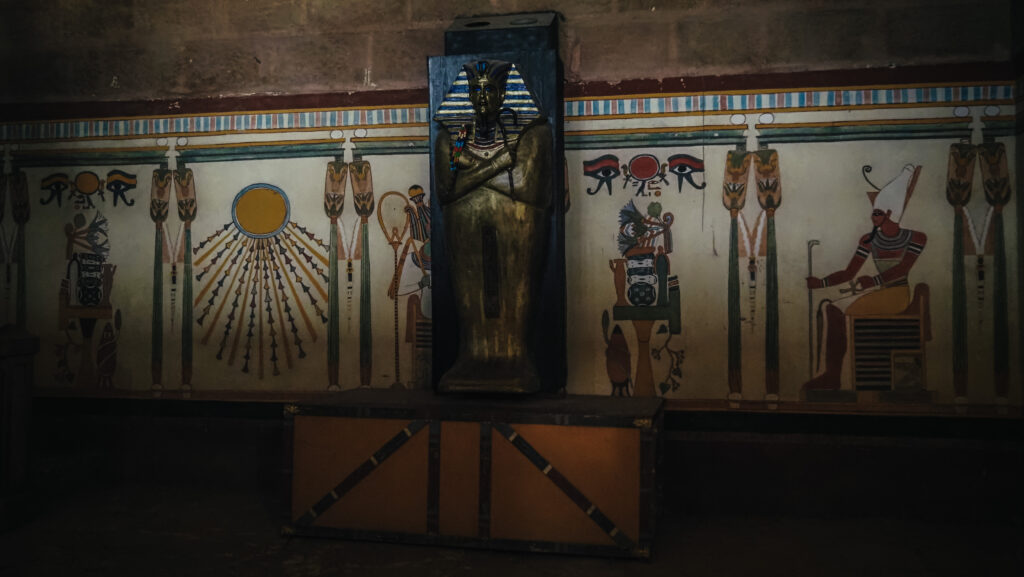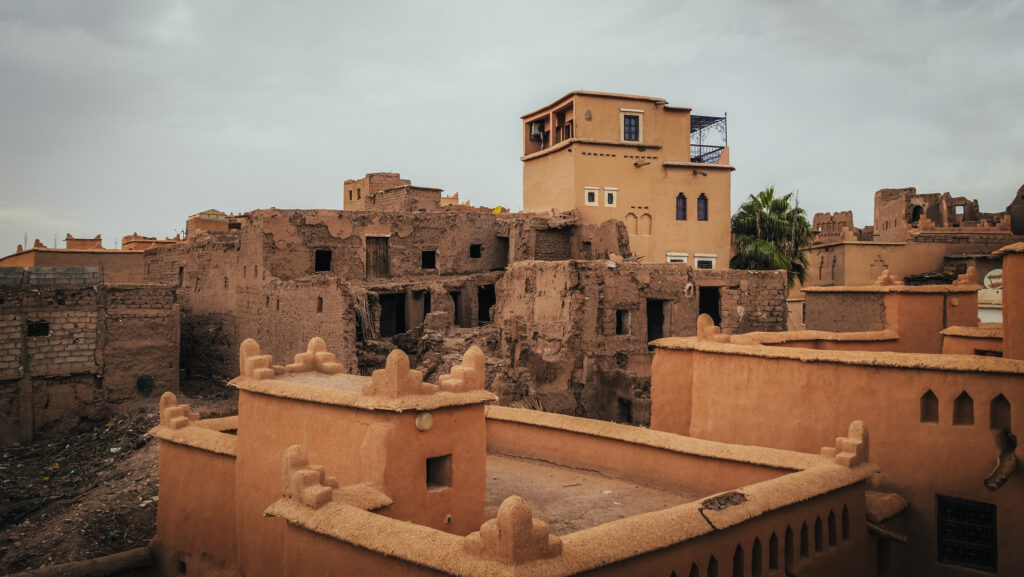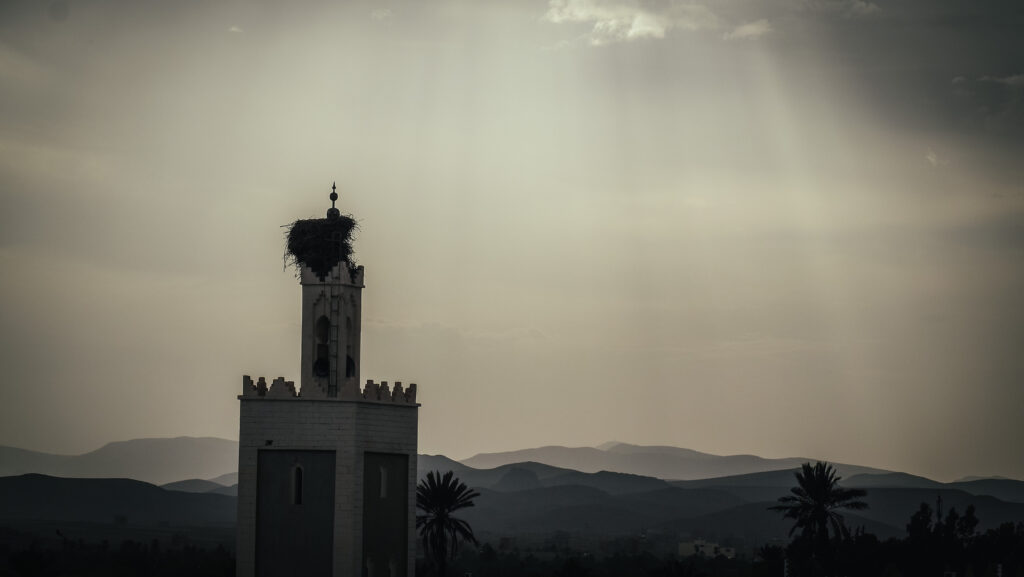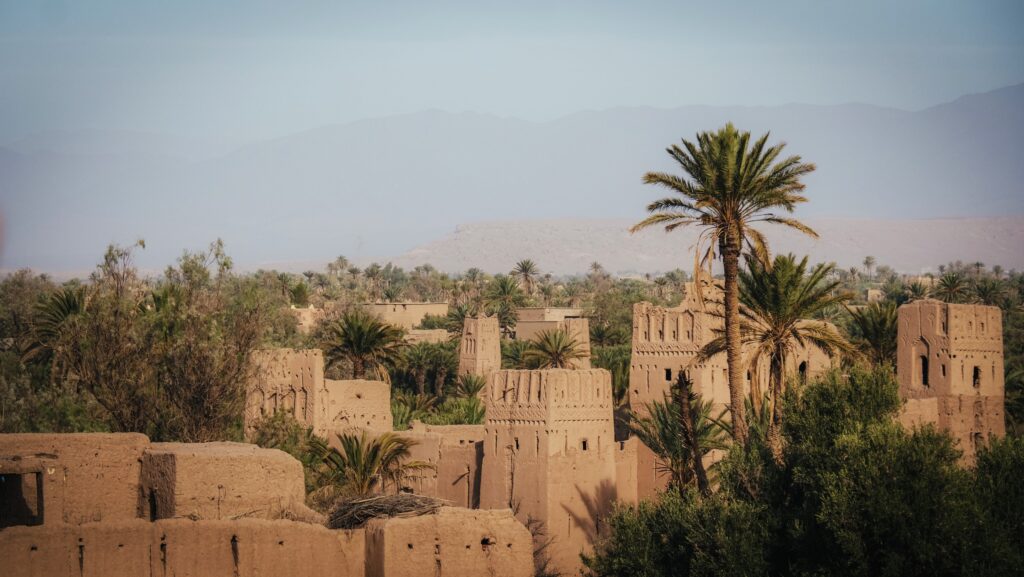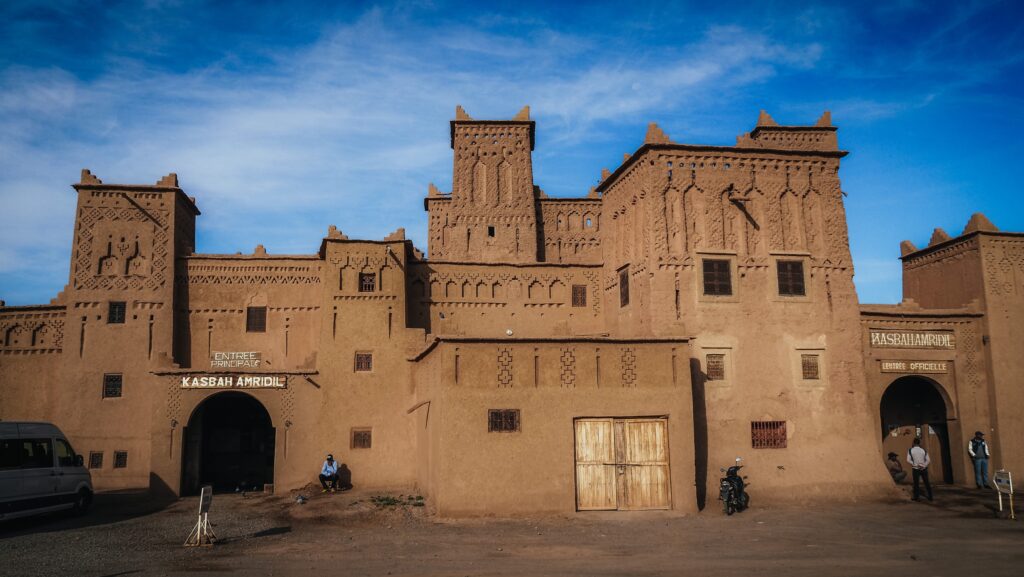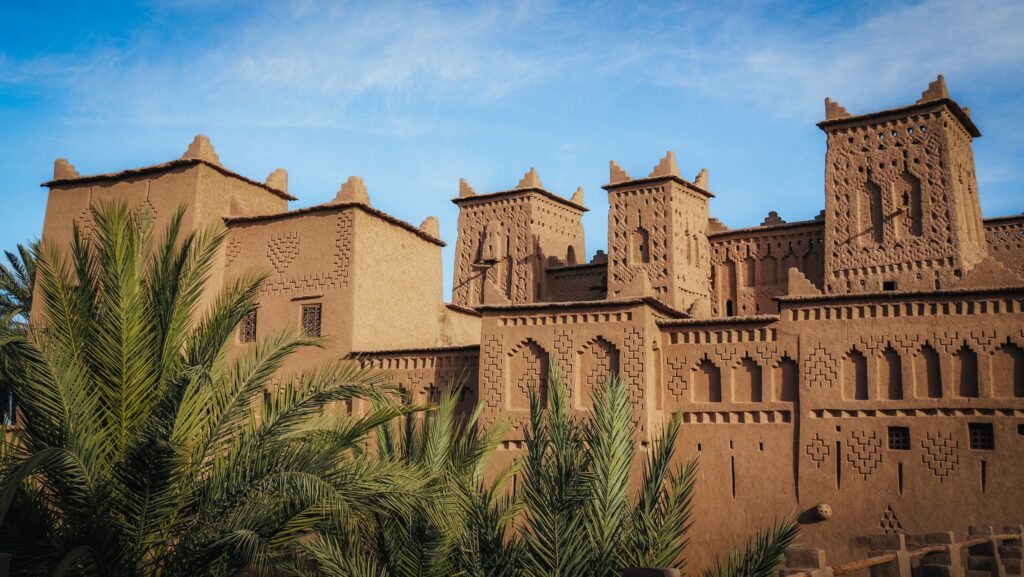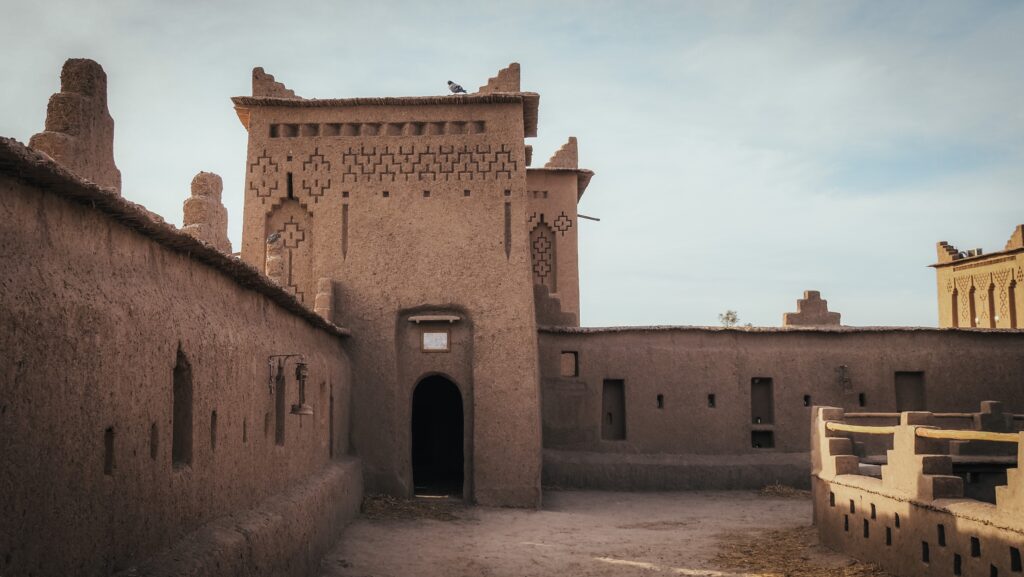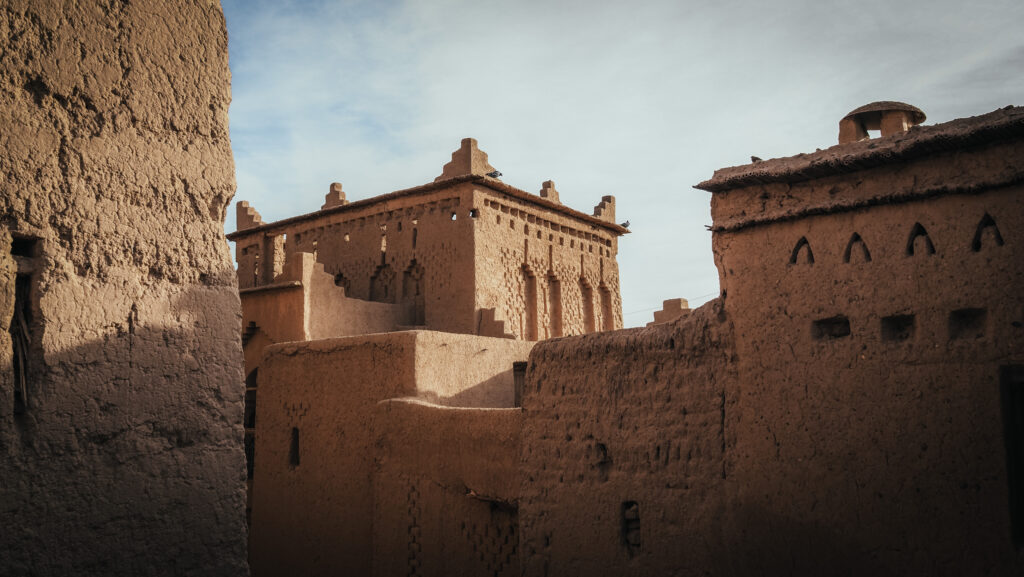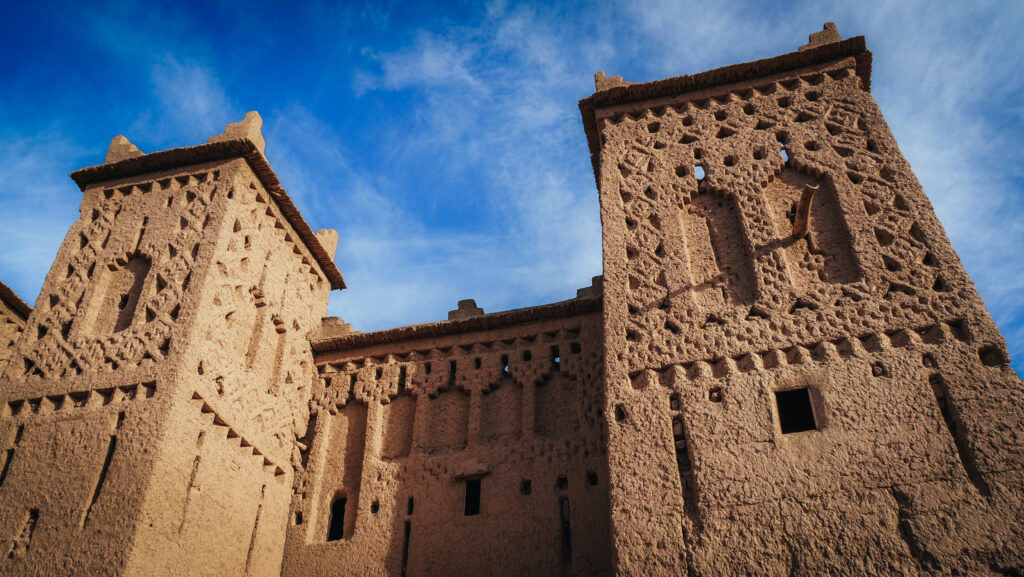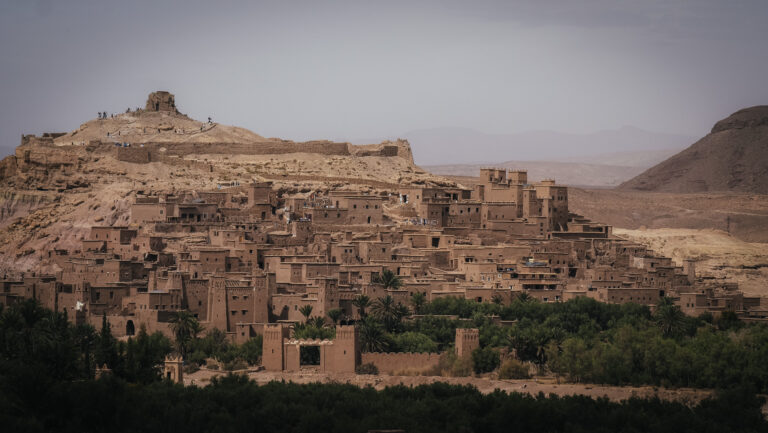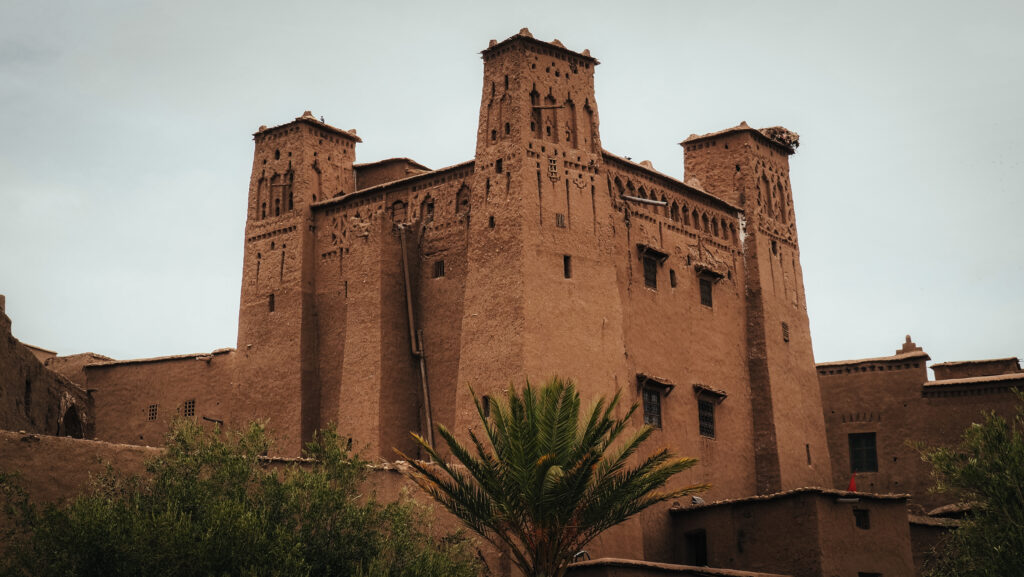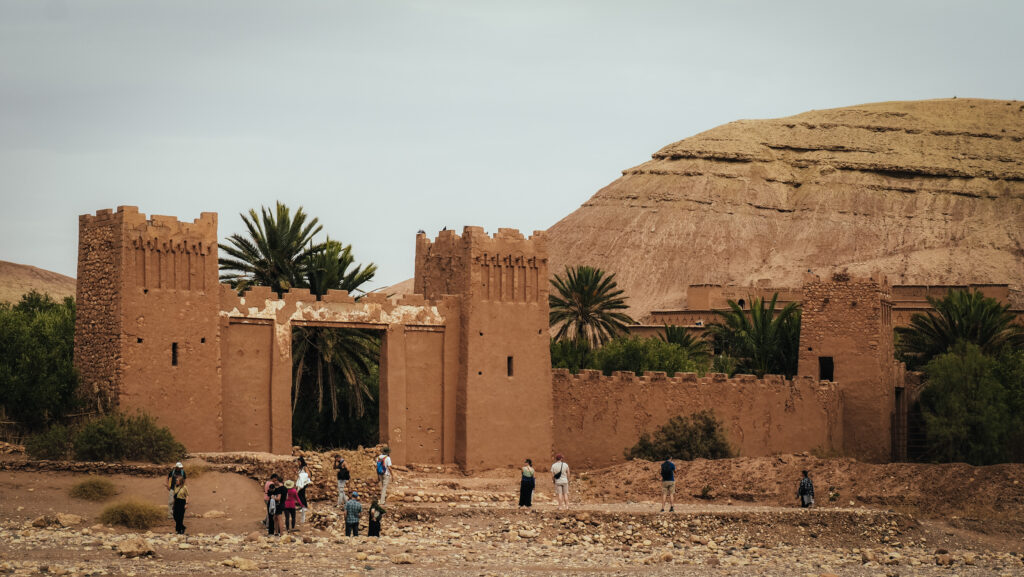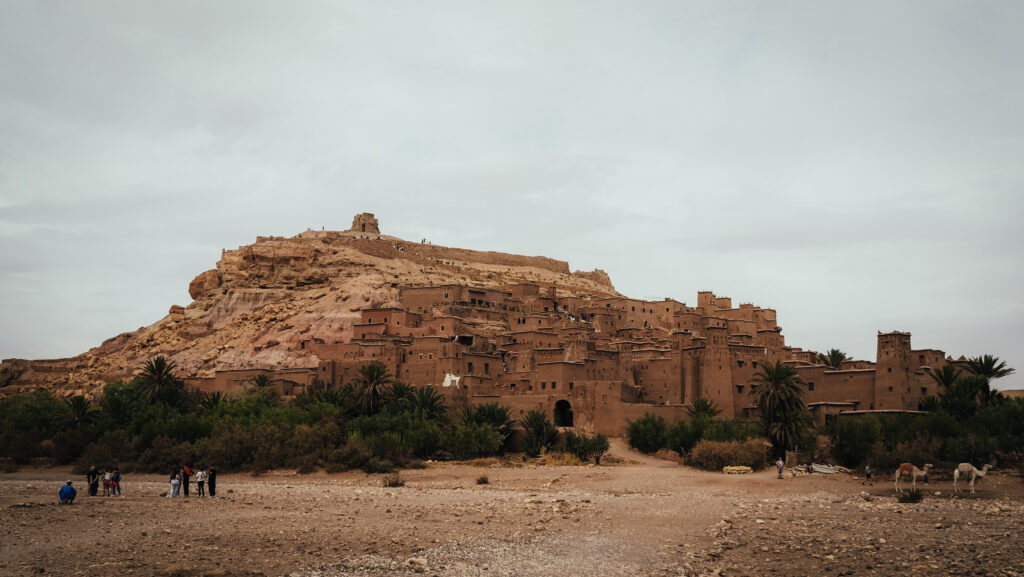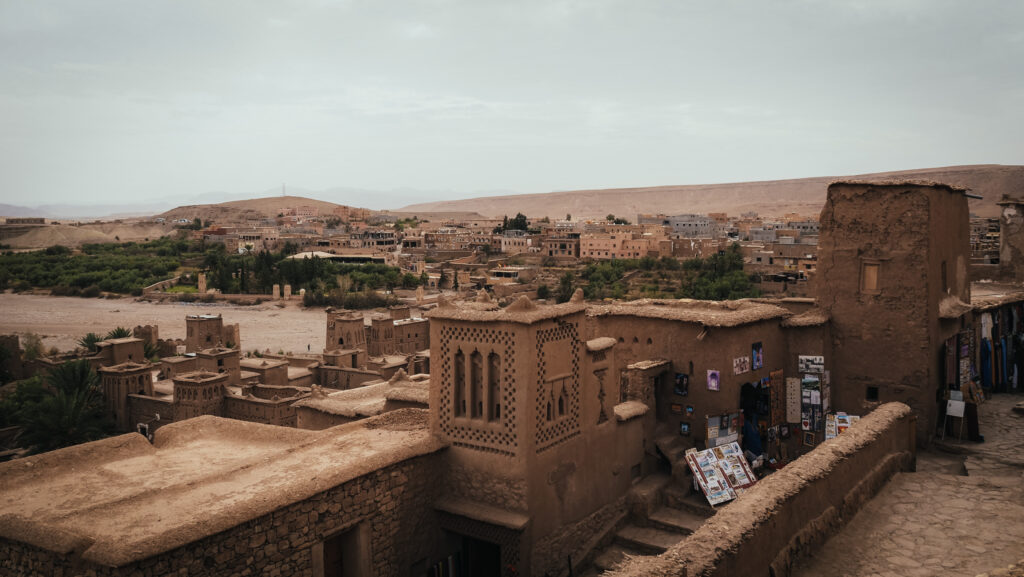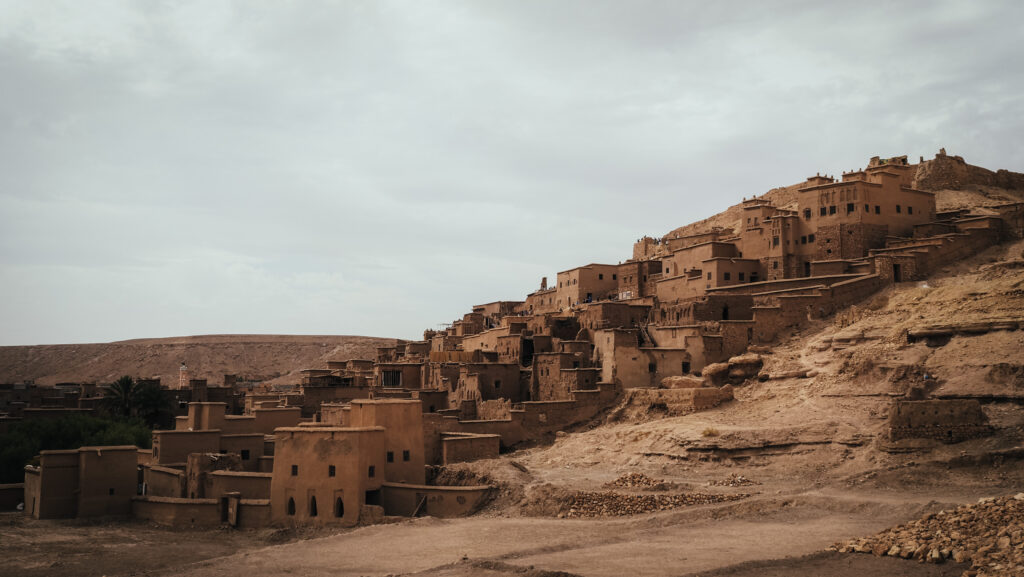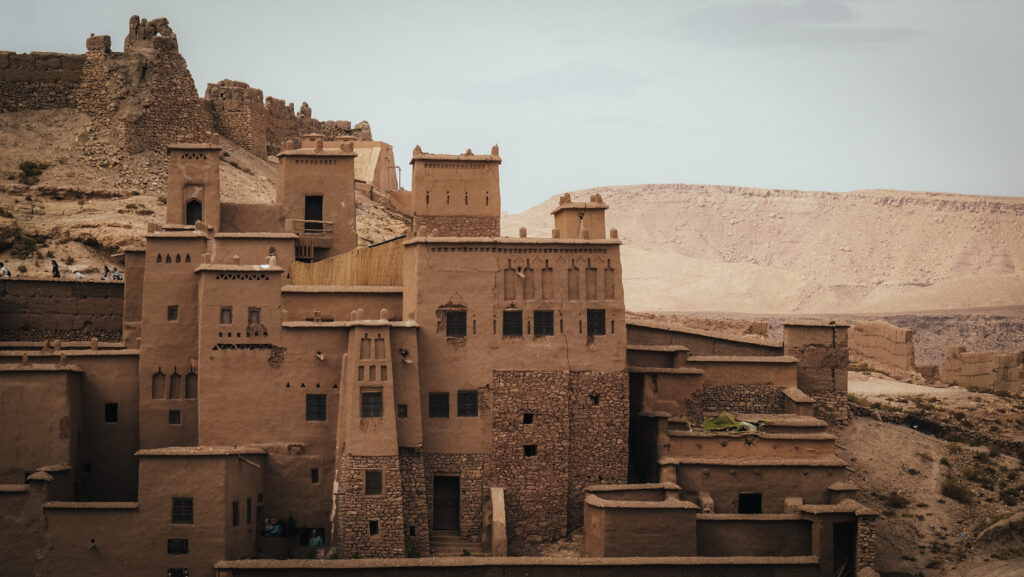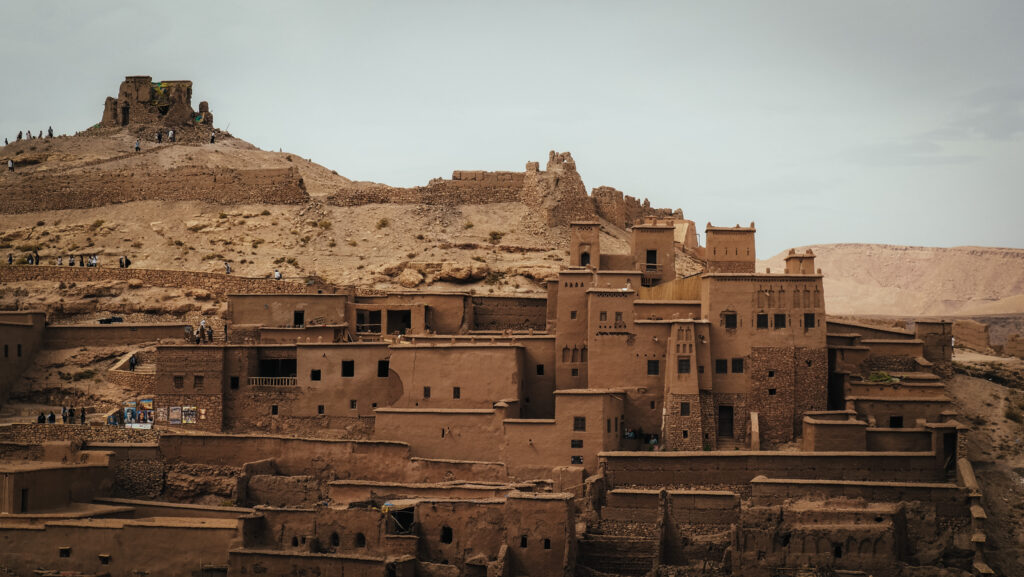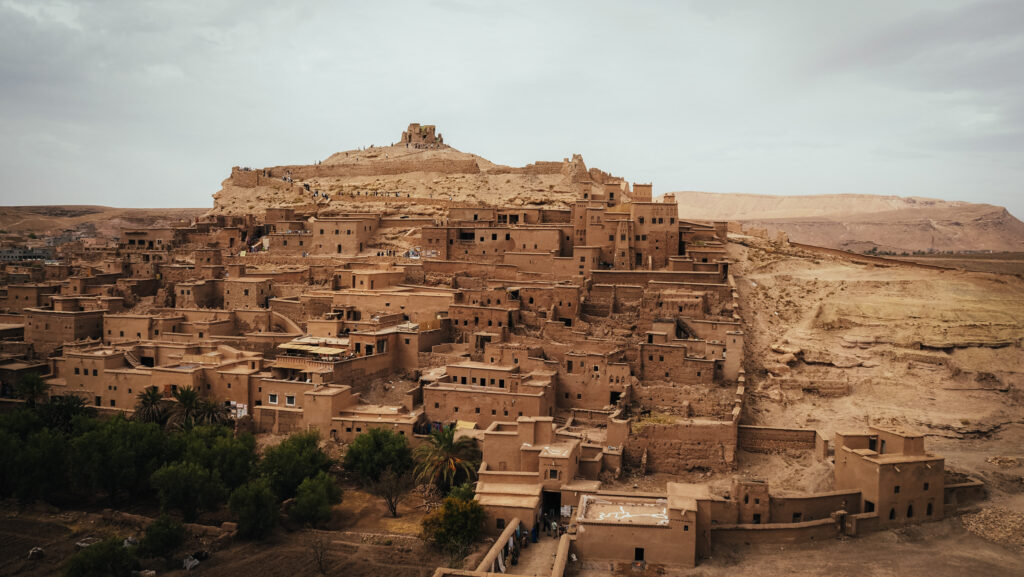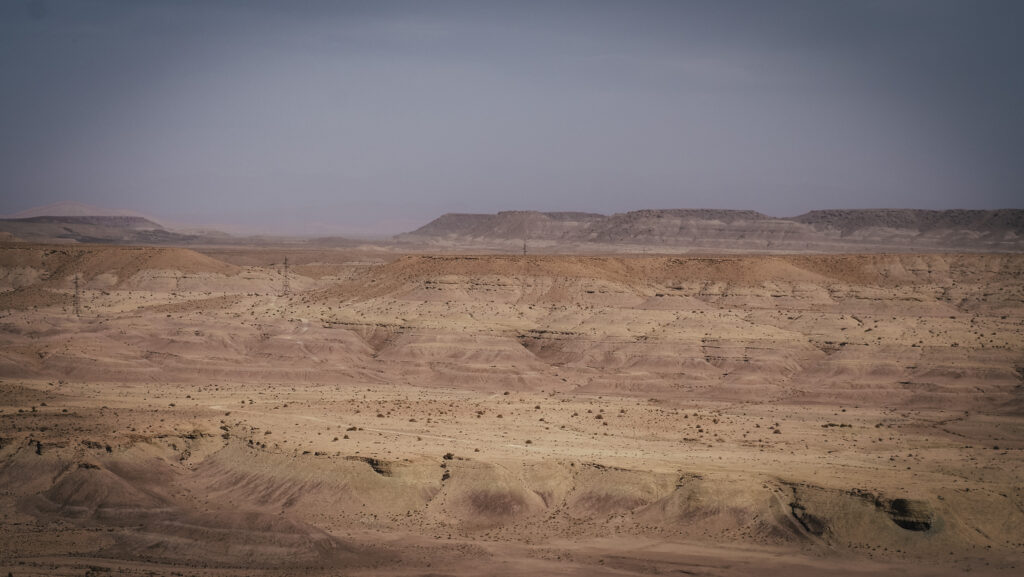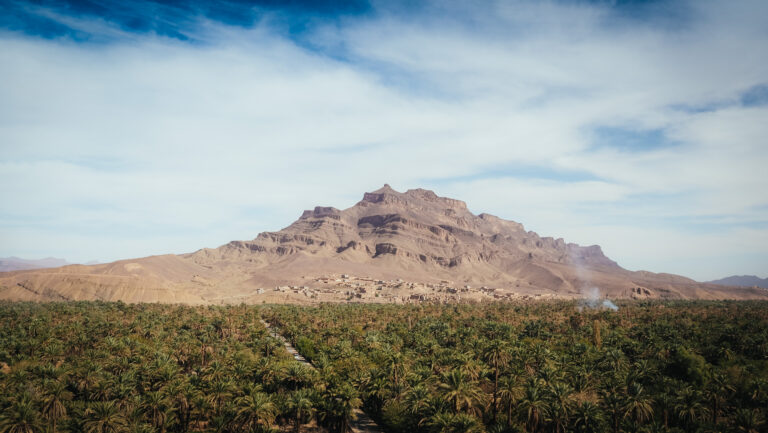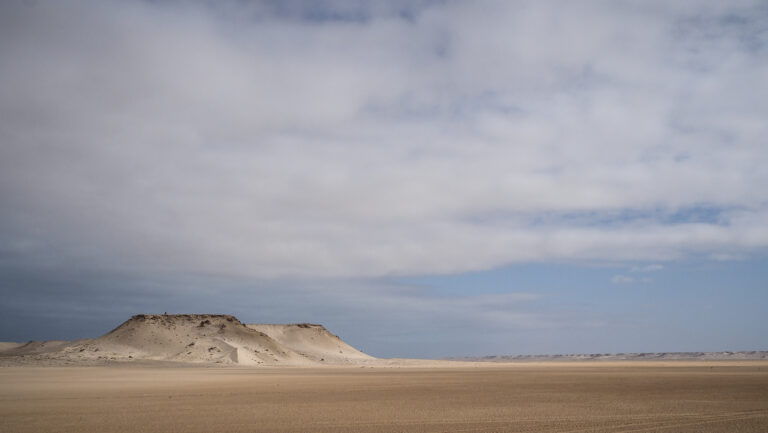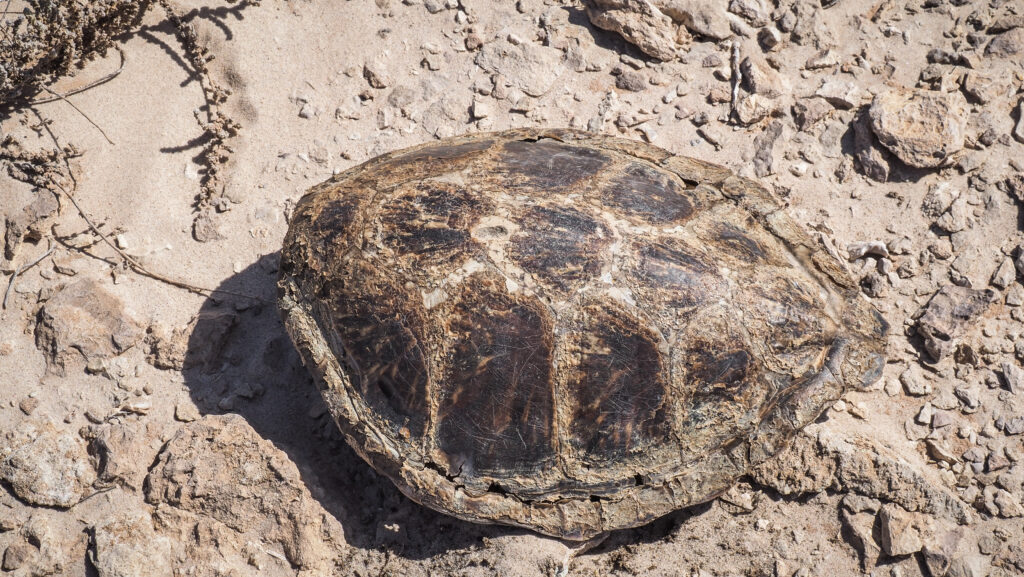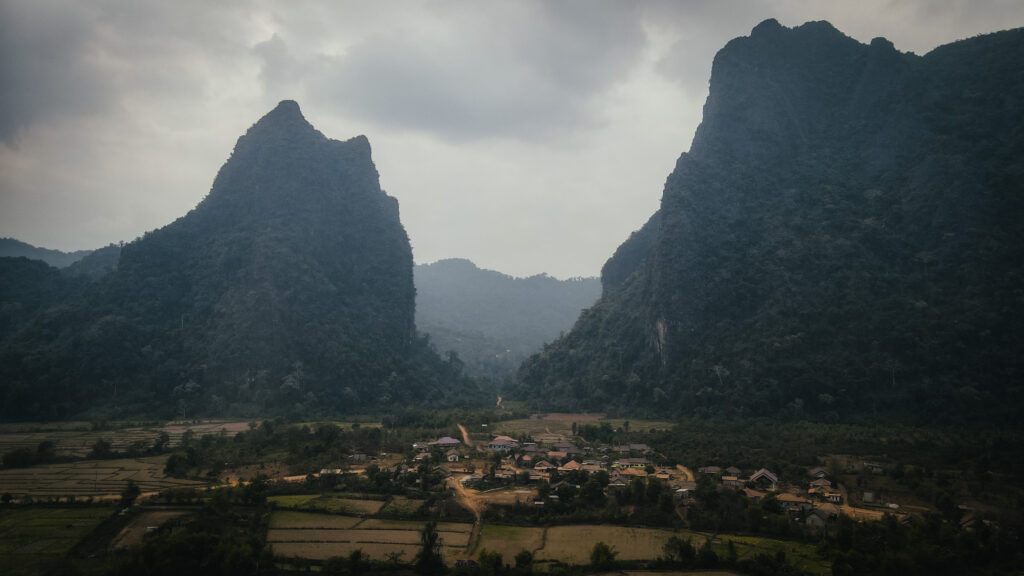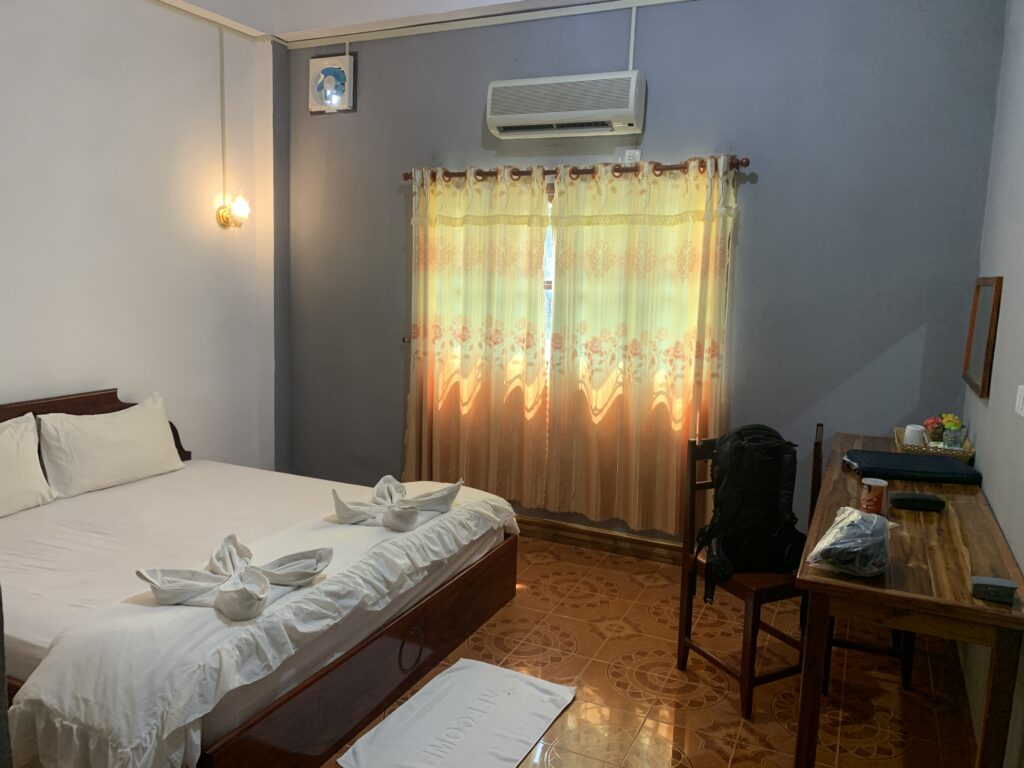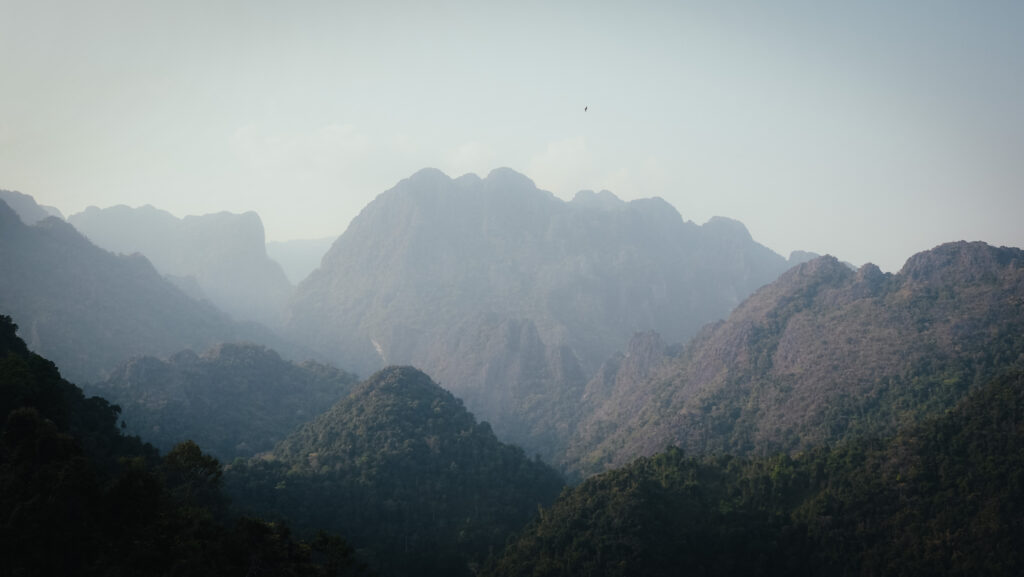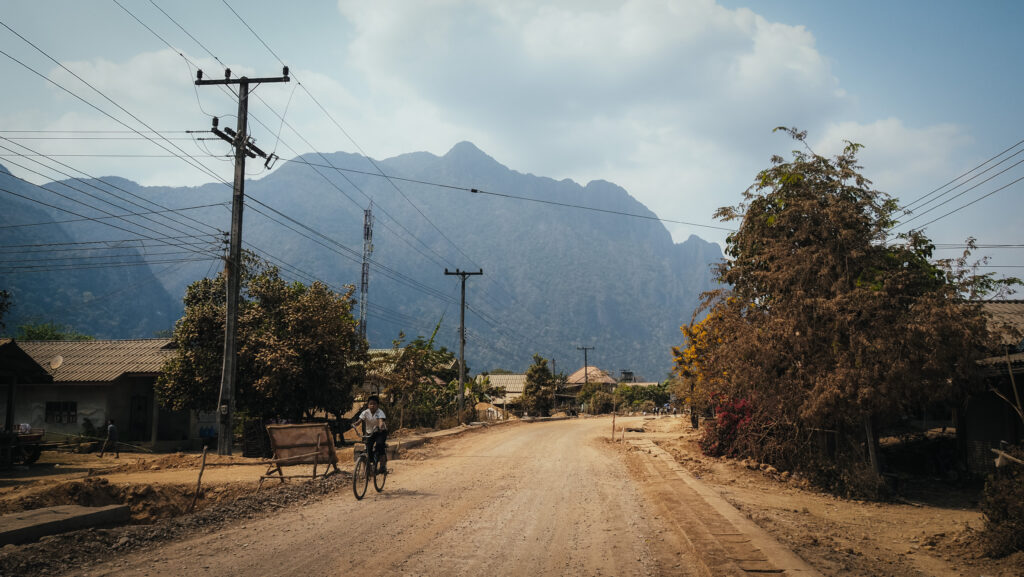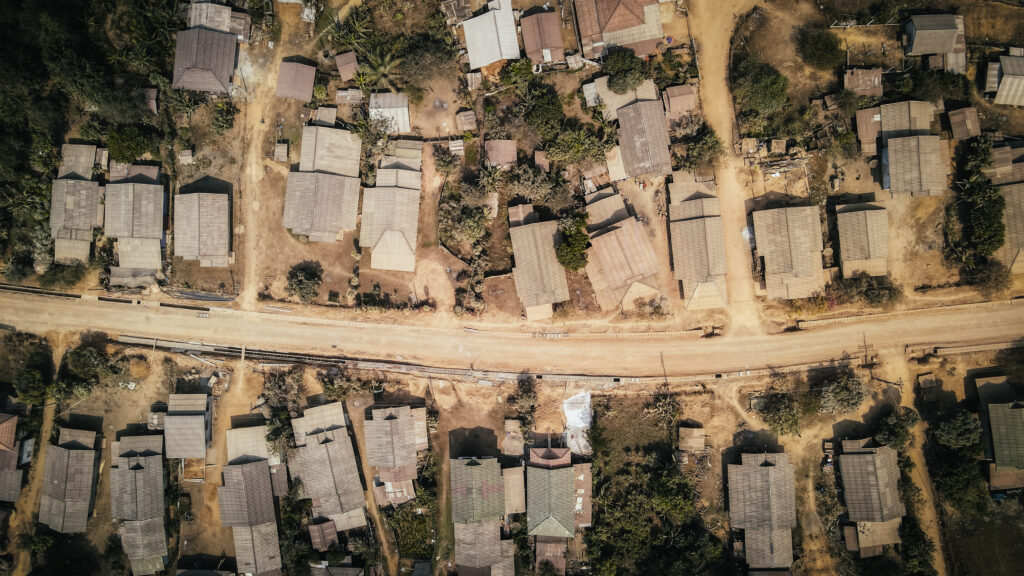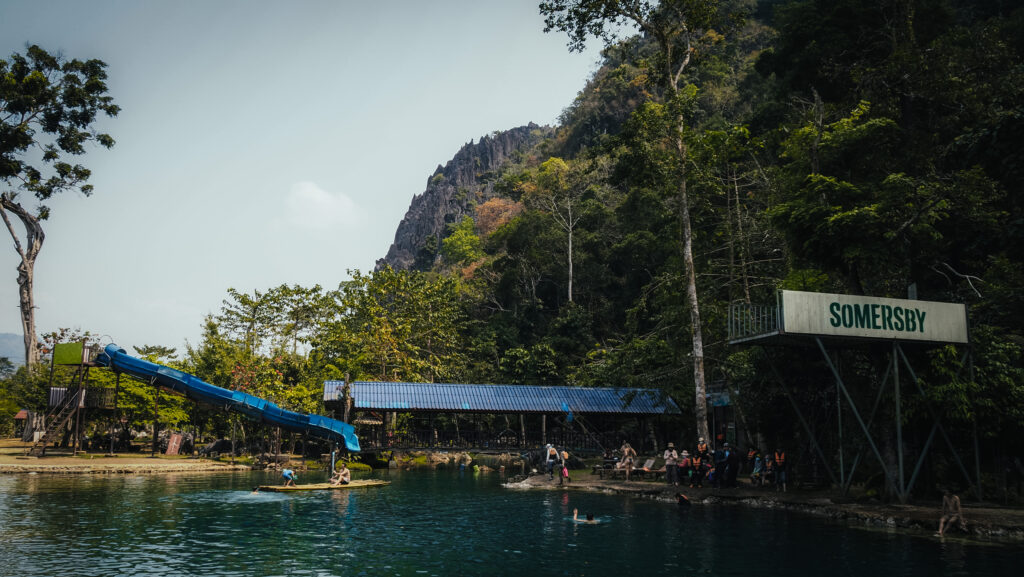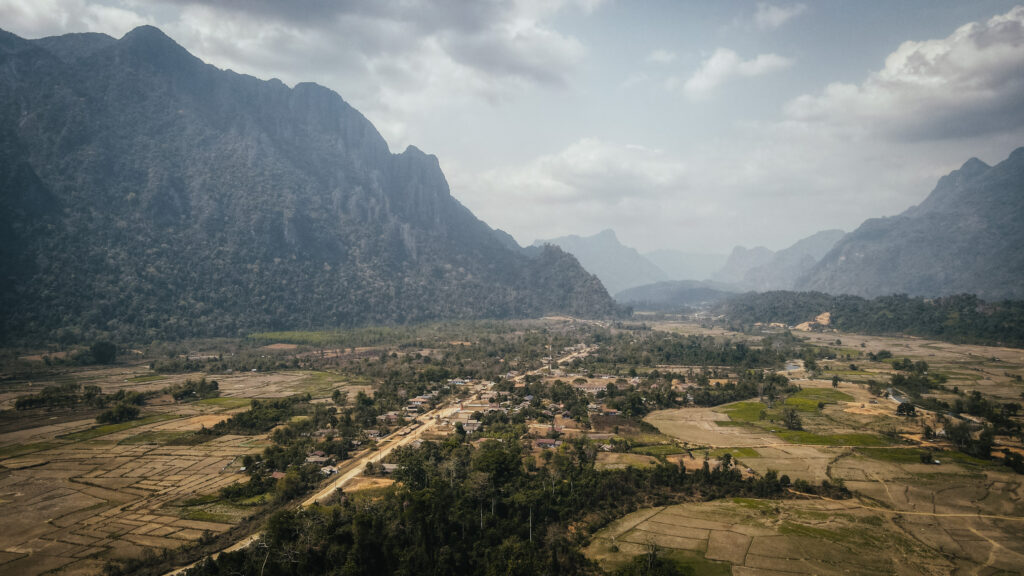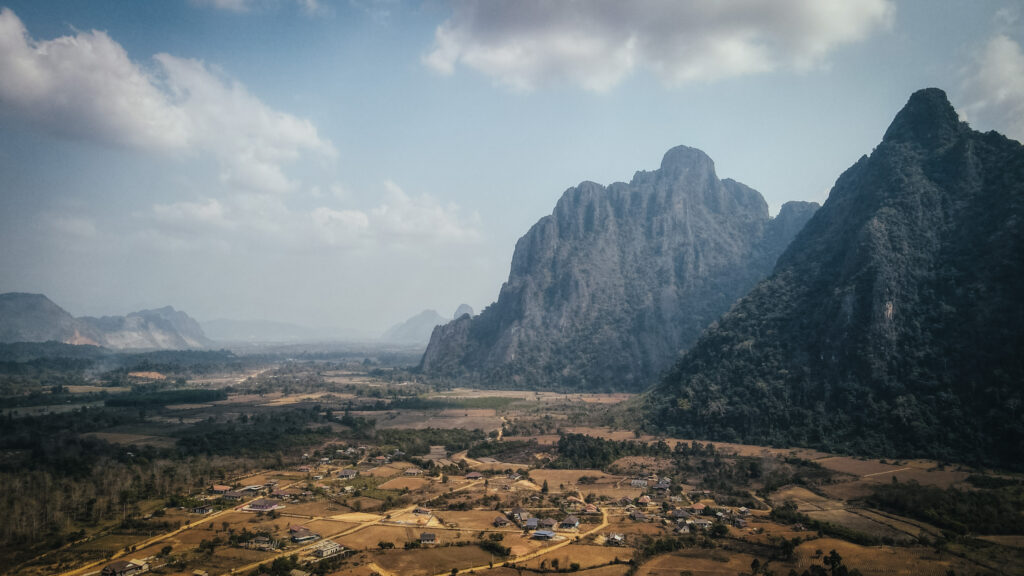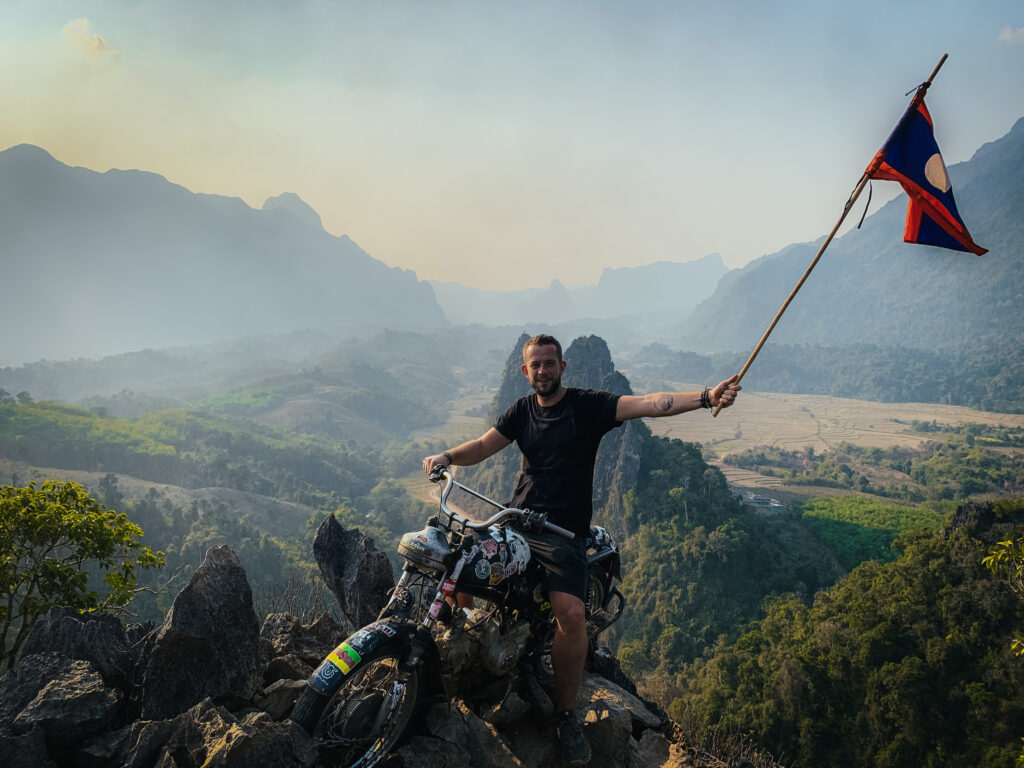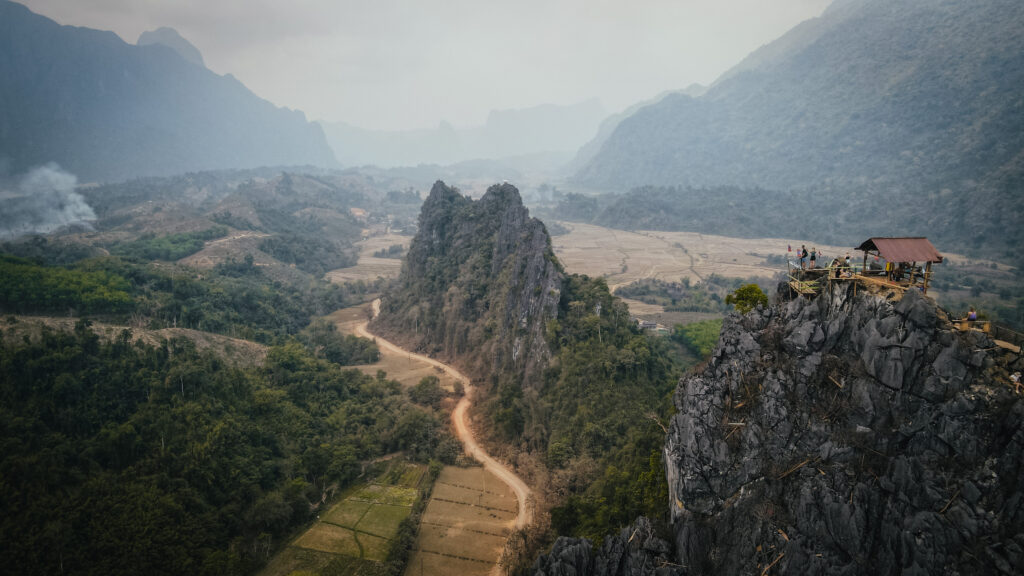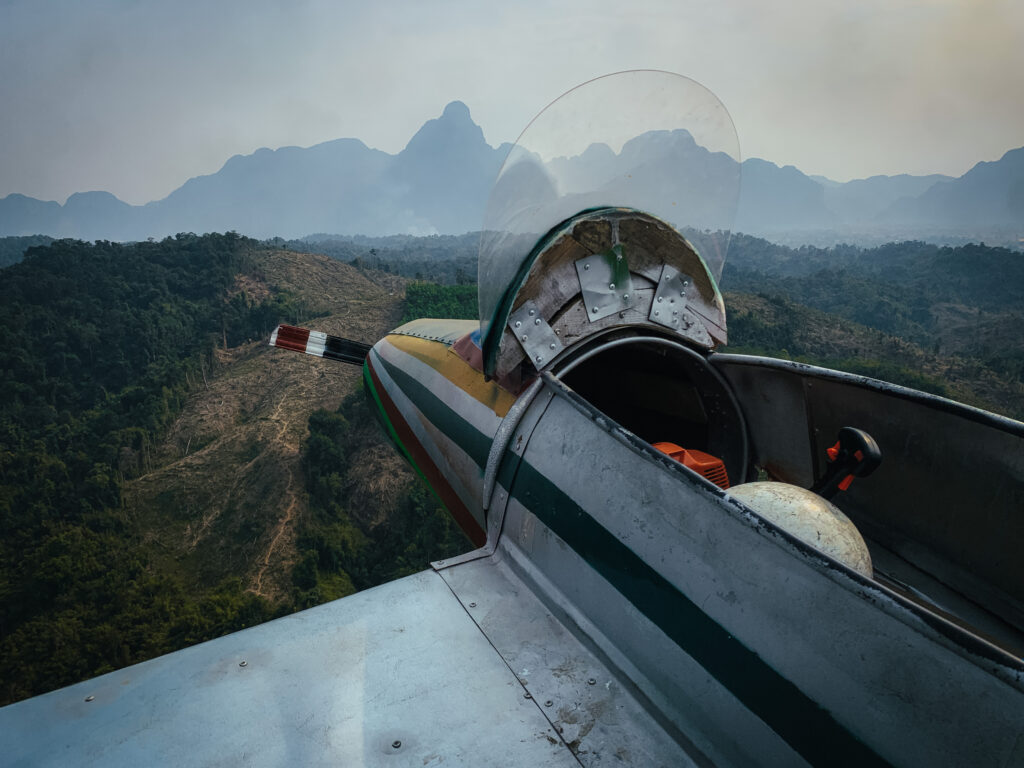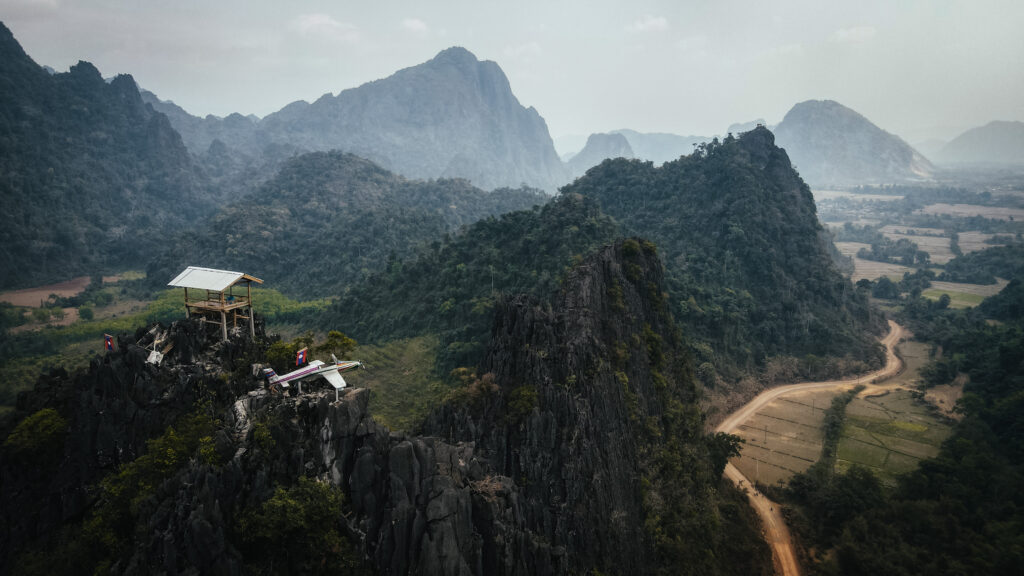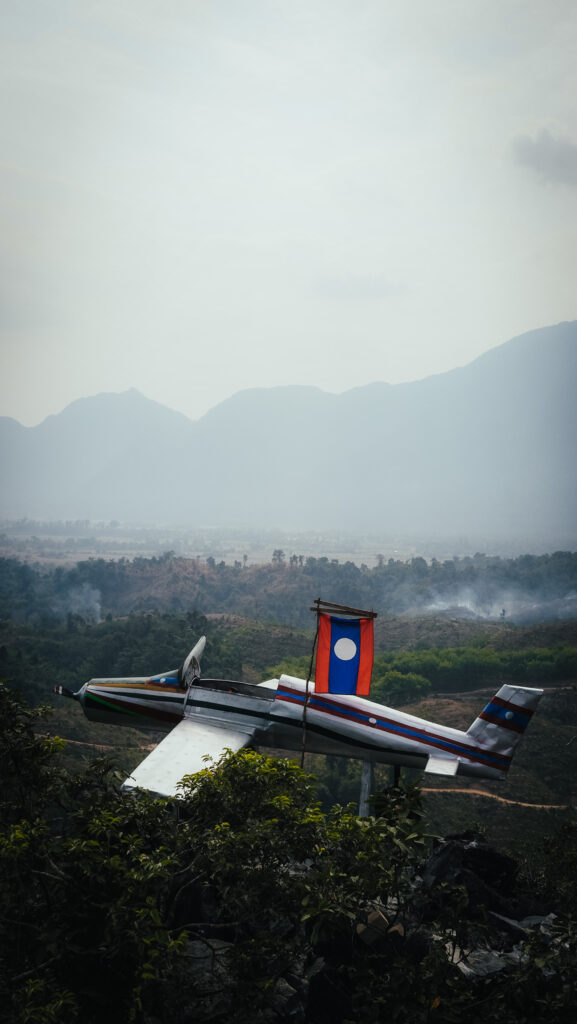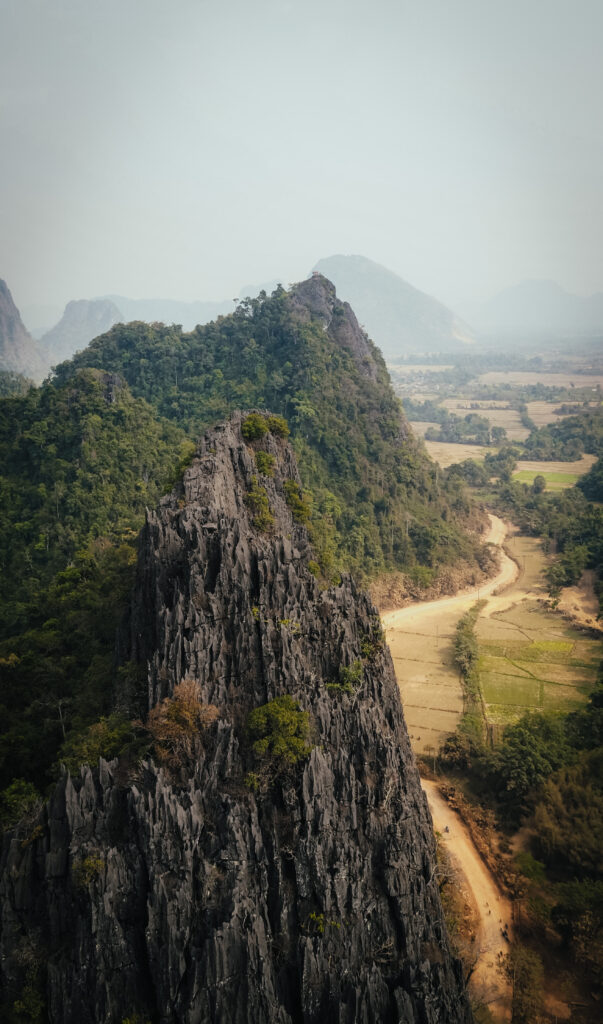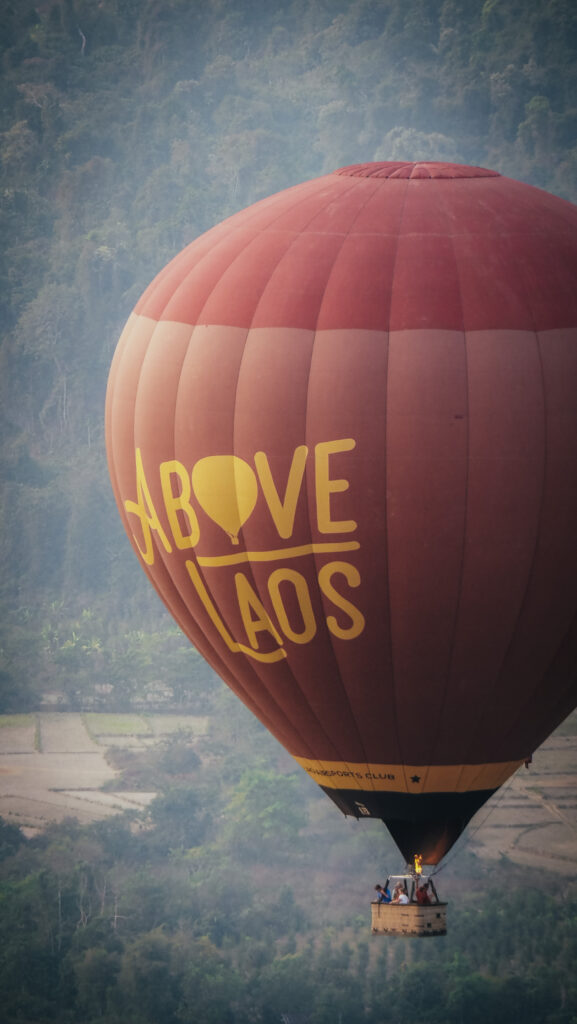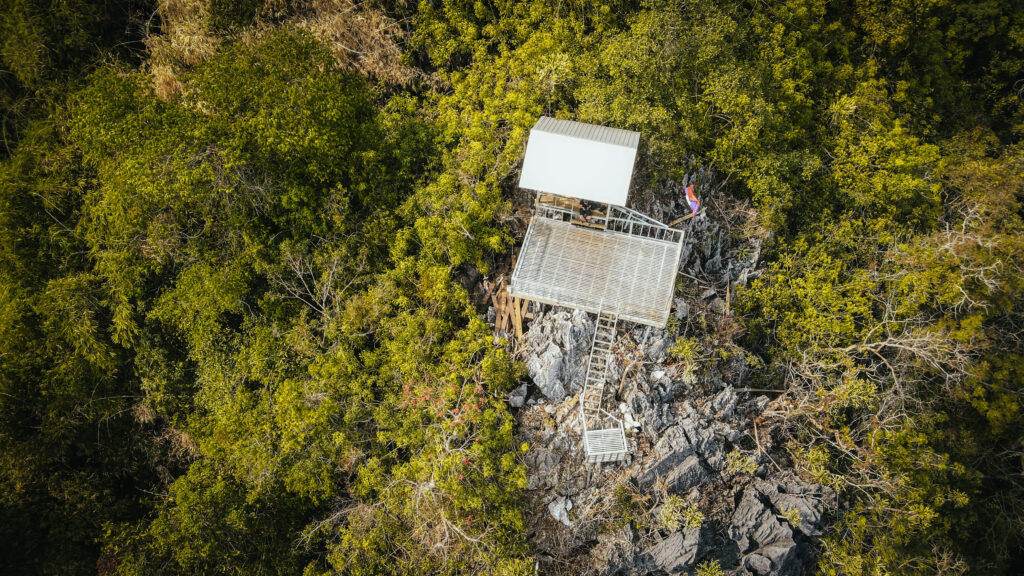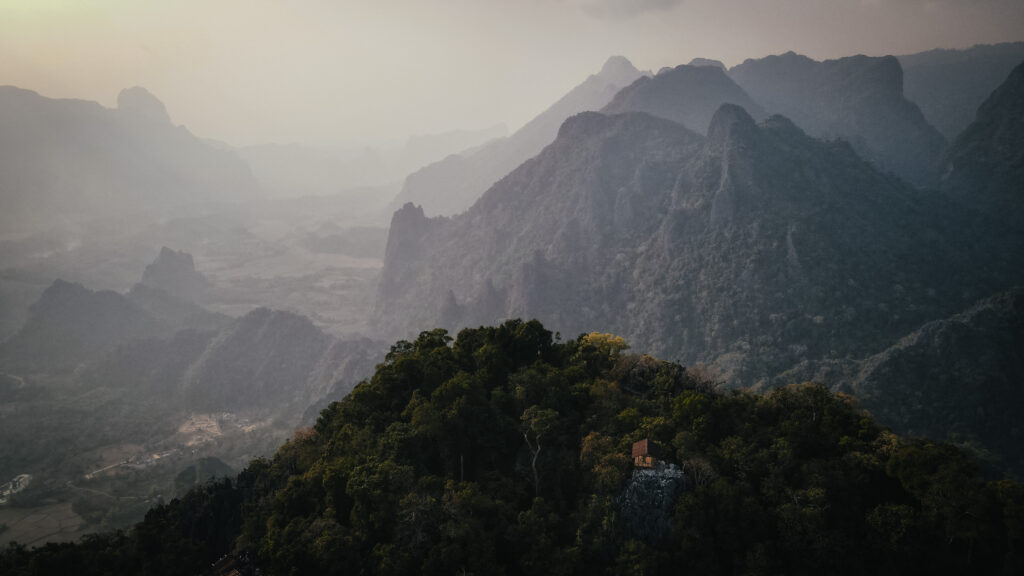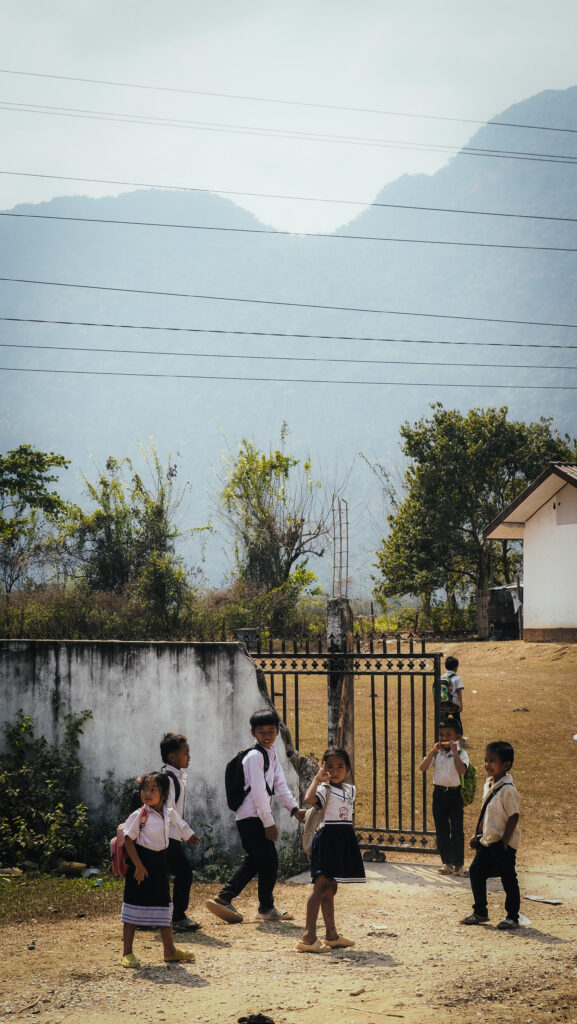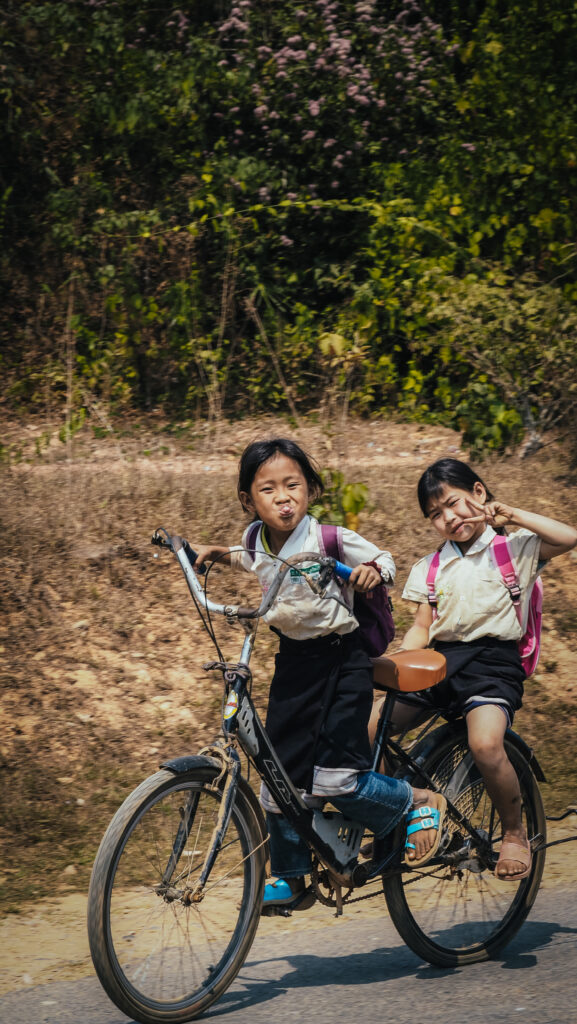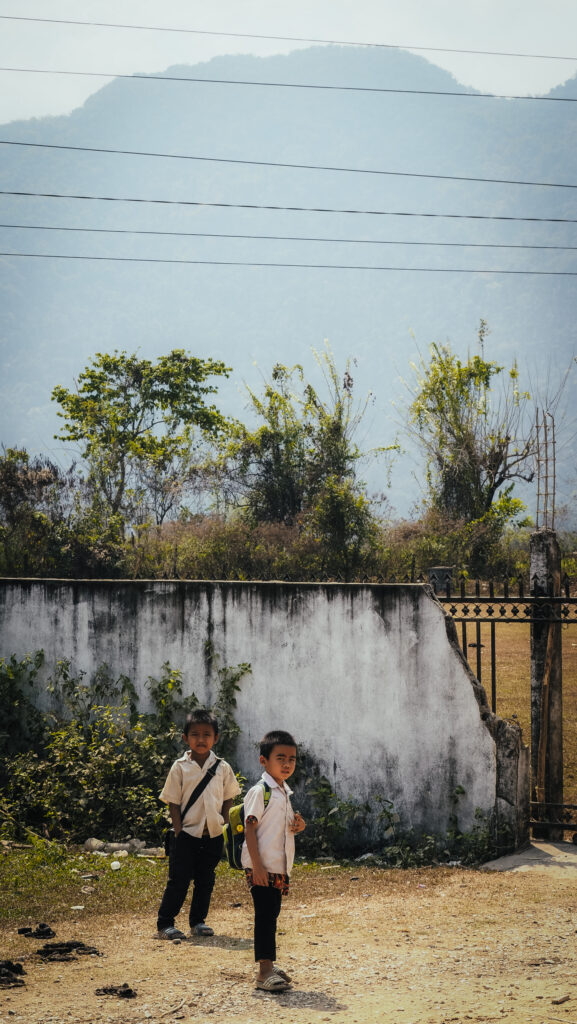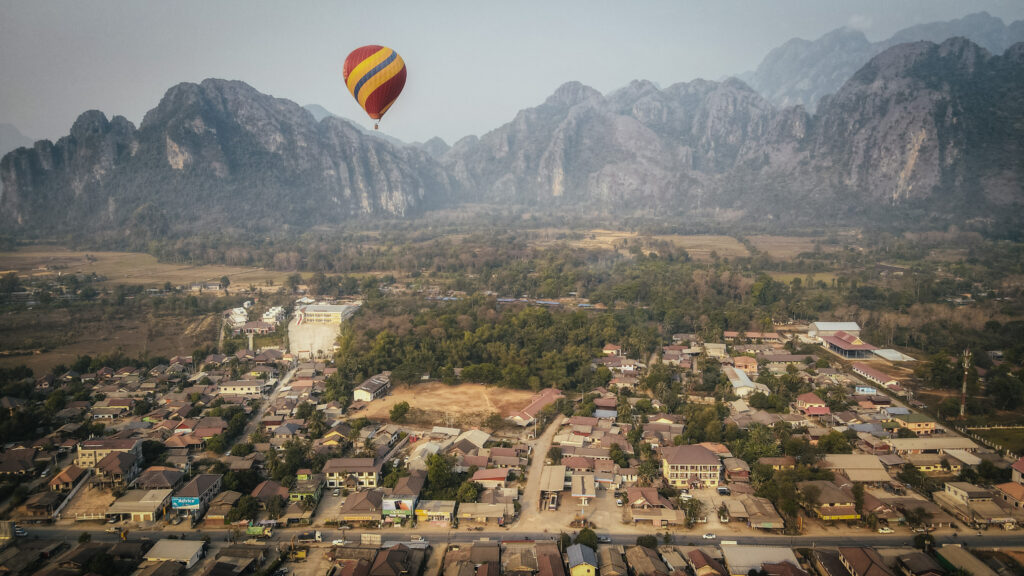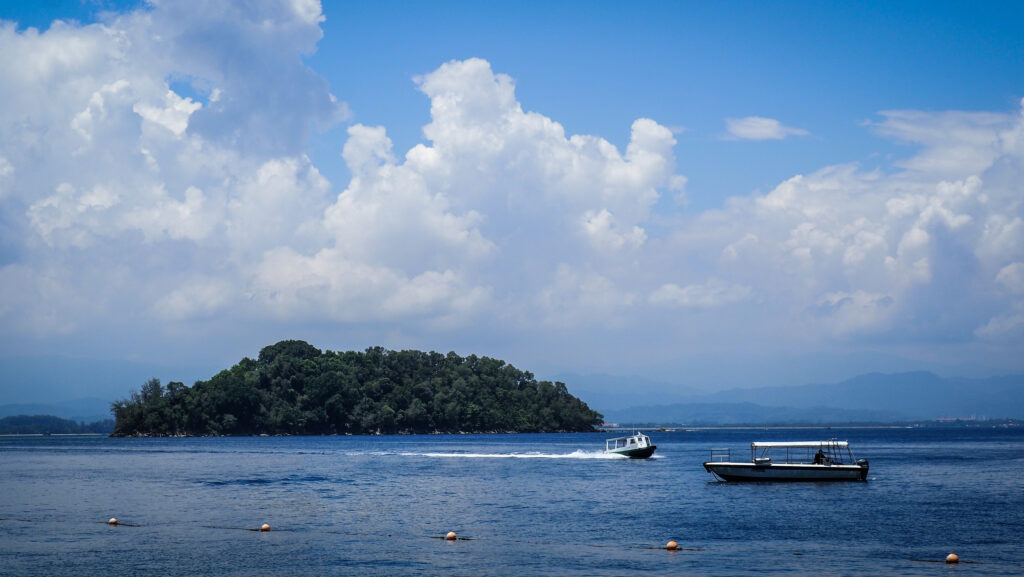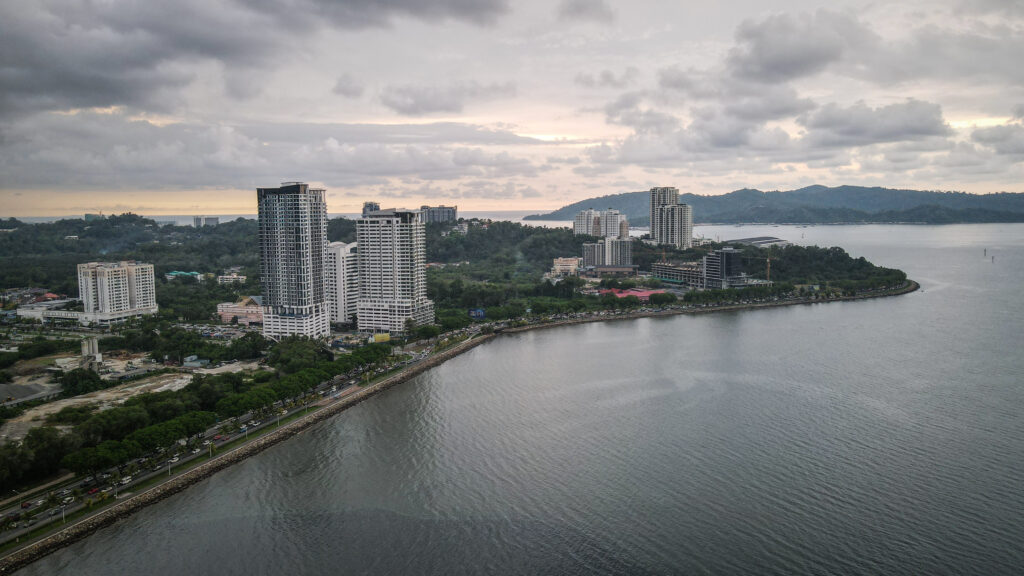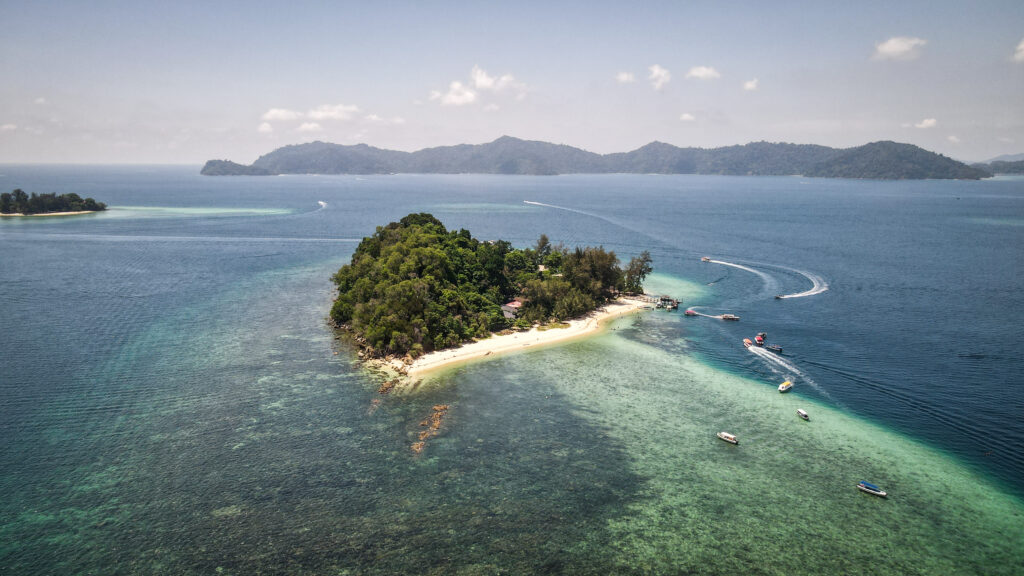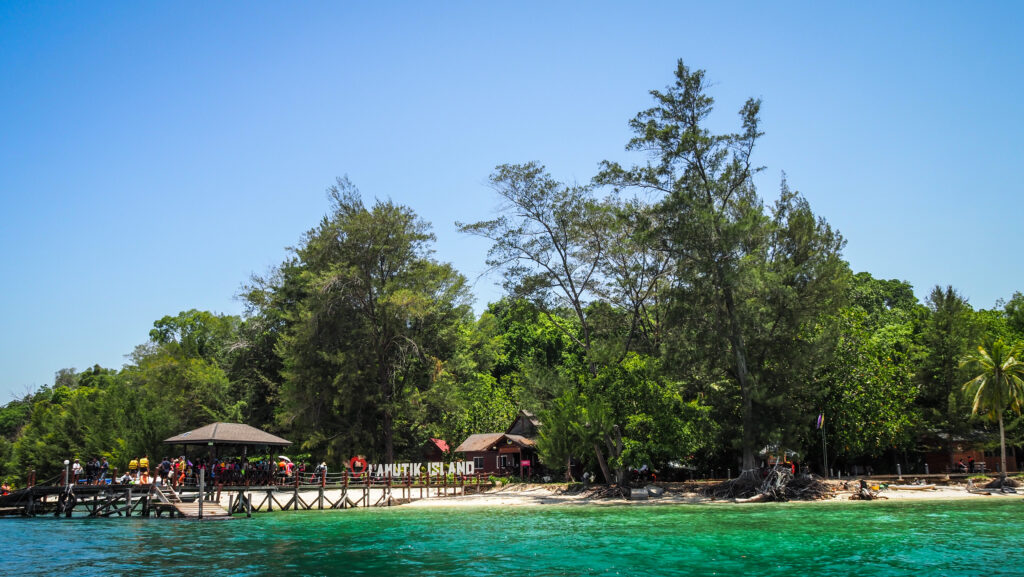Essaouira, a coastal city in western Morocco, has a rich and diverse history shaped by various civilizations and cultures. Originally known as Mogador, the area has been inhabited since prehistoric times.
The earliest known settlers in the Essaouira region were the Phoenicians, who established a trading post there in the 7th century BCE. The Carthaginians later took control, using the site as an important point for trade with the Berber tribes in the interior.
During the Roman period, the area remained a significant trading hub. Archaeological evidence suggests that Romans traded with the local Berber tribes, exchanging goods such as purple dye made from local murex snails.
In the 7th century, the Islamic conquests reached Morocco, including the region around Essaouira. The area became part of the Islamic world, leading to increased trade and cultural exchange.
During the 11th and 12th centuries, the Almoravid and Almohad dynasties controlled the region. They fortified the area and utilized it as a strategic port, fostering connections across the Islamic world.
In the early 16th century, the Portuguese briefly occupied Mogador, building a fort in 1506. However, they faced strong resistance from local tribes and eventually abandoned the city in 1510.
The Saadian Sultanate in the 16th century used the region for maritime trade. They also built the first true urban settlement at the site, laying the groundwork for its future development.
The modern city of Essaouira was founded in 1764 by Sultan Mohammed ben Abdallah of the Alaouite dynasty. He envisioned it as a major commercial port to strengthen Morocco’s economy. He hired the French architect Théodore Cornut to design the city’s layout, leading to its unique blend of Moroccan and European architectural styles.
Under Sultan Mohammed ben Abdallah, a large Jewish community settled in Essaouira. They played a crucial role in the city’s commercial life, especially in trade between Europe, Africa, and the Middle East. However, by the late 19th century, Essaouira’s significance as a trading port began to wane due to competition from other ports like Casablanca. The decline continued into the early 20th century.
During the French protectorate in Morocco (1912-1956), Essaouira experienced limited development compared to other Moroccan cities. However, it remained an important cultural and fishing centre.
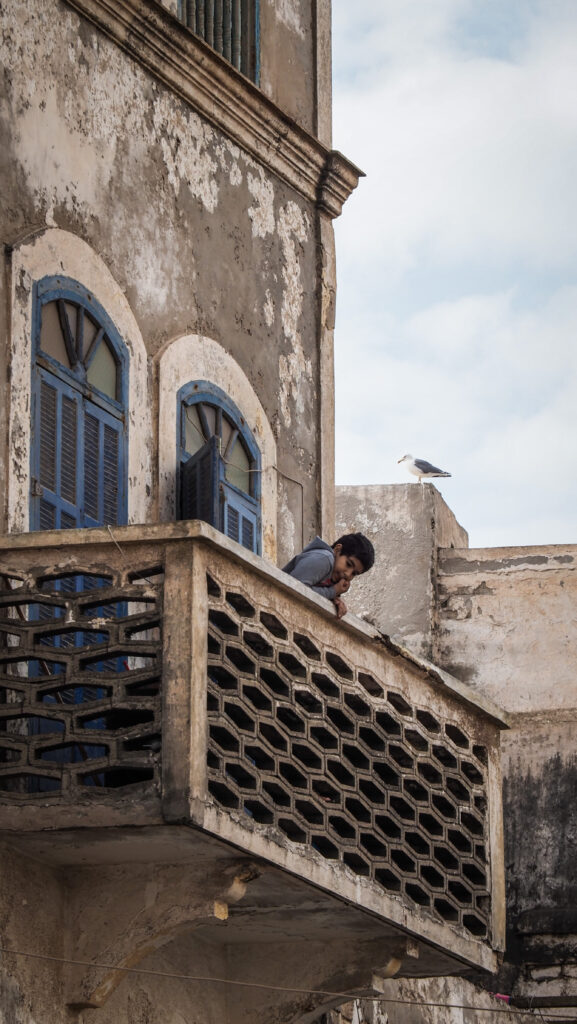
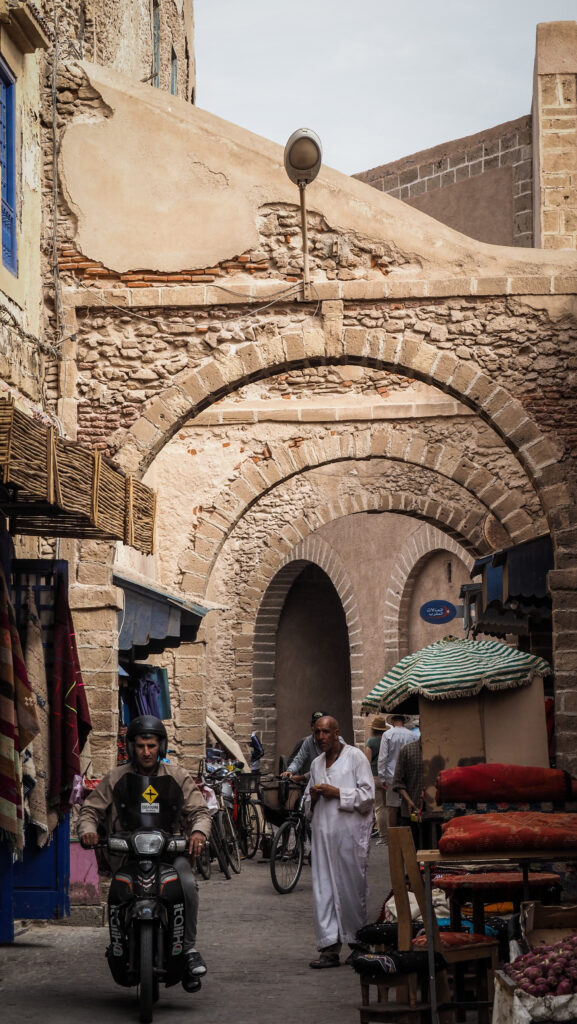
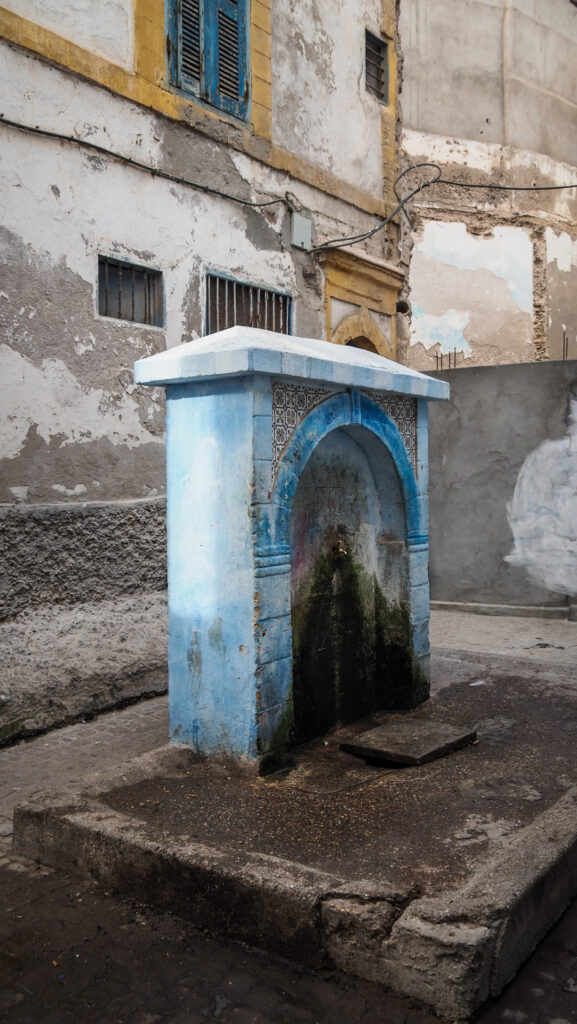
In recent decades, Essaouira has experienced a cultural revival. The city’s historic medina was designated a UNESCO World Heritage site in 2001. It has become a popular tourist destination known for its vibrant arts scene!
How to get there?
By Air:
Essaouira-Mogador Airport (ESU), located about 17 km from the city, is the closest airport. It has limited international flights, mostly from Europe.
Marrakech Menara Airport (RAK) is a major international airport about 180 km from Essaouira. From Marrakech, you can travel to Essaouira by bus, taxi, or rental car.
By Bus:
CTM or Supratours are two reliable bus companies in Morocco. They offer regular services from major cities like Marrakech, Casablanca, and Agadir to Essaouira. The journey from Marrakech takes around 2.5 to 3 hours.
By Car:
The drive from Marrakesh takes about 2.5 hours. Renting a car gives you flexibility to explore along the way.
From Casablanca, the drive takes about 5 hours.
By Taxi:
There are shared taxis that operate between cities. They are less comfortable than buses but can be faster.
By Train:
There are no direct train services to Essaouira. The nearest train station is in Marrakech, from where you would need to take a bus or taxi.
By Organized Tour:
Many travel agencies in major Moroccan cities offer organized tours to Essaouira. These can be a convenient option if you prefer not to arrange transportation yourself.
You may check your connections at 12go.com.
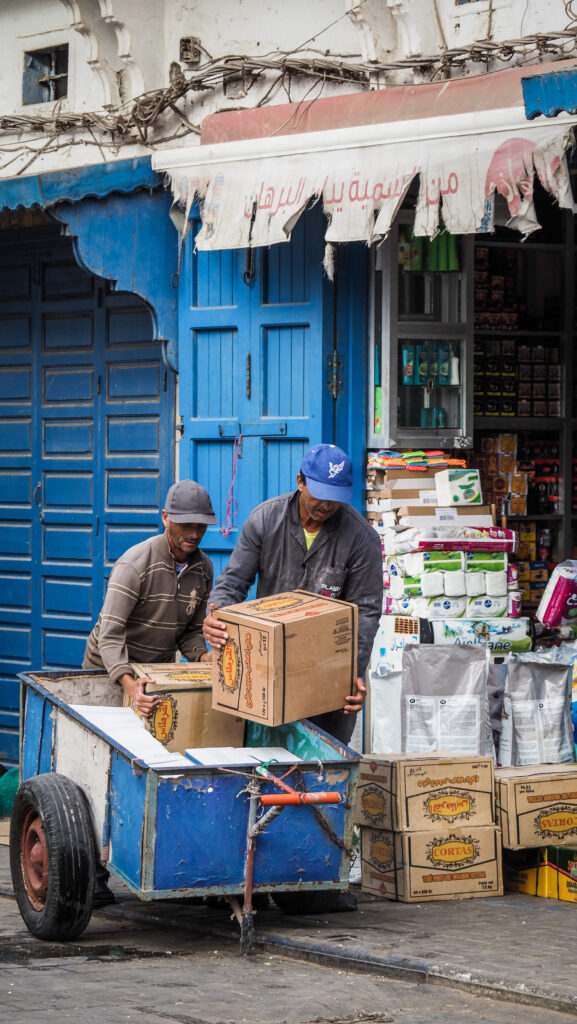

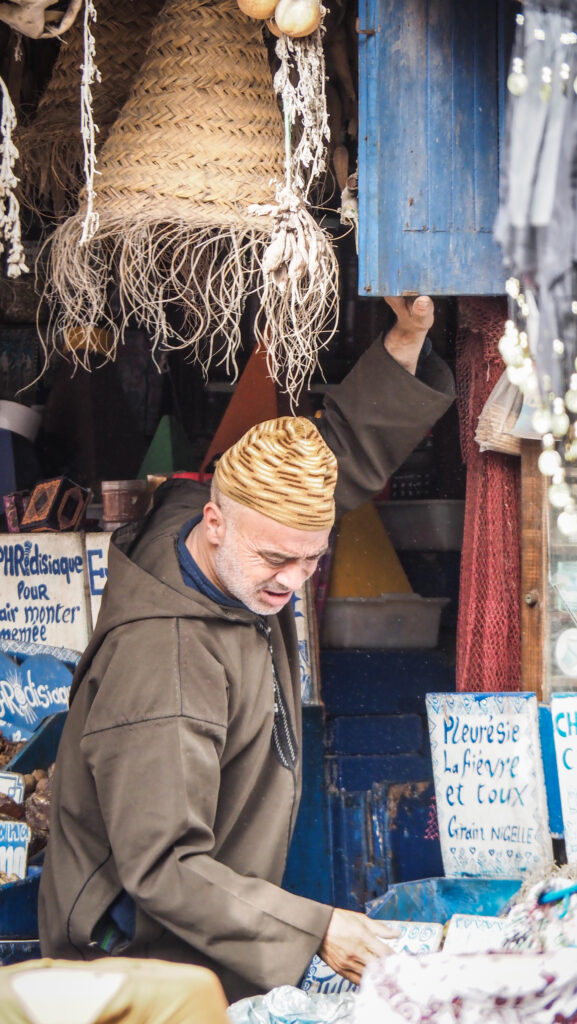
The best time to visit
The best time to visit the city is during the spring (March to May) and fall (September to November) when the weather is mild and pleasant. Summer can be quite hot, while winter brings cooler but still enjoyable temperatures. Choosing spring or fall ensures a comfortable climate for enjoying the beach and exploring the cities and their surroundings.
Where to stay?
I stayed in Hotel Al Arboussas which was perfectly located within the medina. The room and bathroom were clean and everything worked well.
How long to stay there?
One full day is enough to comfortably discover the medina and to take a long walk along the beach.
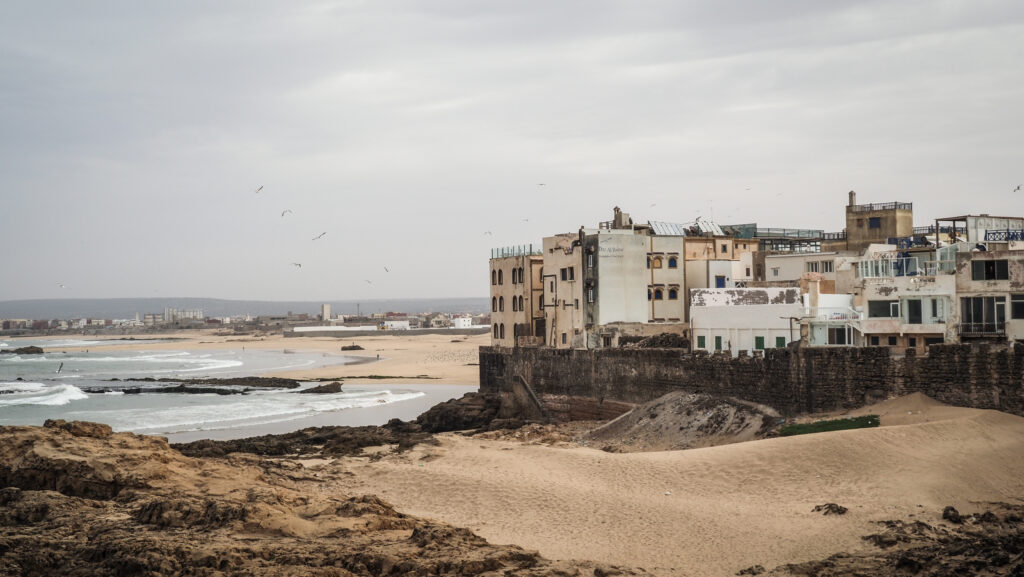
What to see in Essaouira?
It was a bit cloudy morning in Essaouira but together with the sound of seagulls, it created some special atmosphere. I walked around the centre, passing by lots of lively and enthusiastic street vendors and covered fish market. The smell wasn’t my favourite but damn, it’s an excellent place for photography of people at their work.
I wandered around narrow streets full of shops selling local handicrafts. It’s one of the best things to do in Essaouira… just walk and get lost. Sooner or later you will anyway reach the city walls or one of the impressive city gates that date from the late 18th century and were added to Unesco’s World Heritage list in 2001.



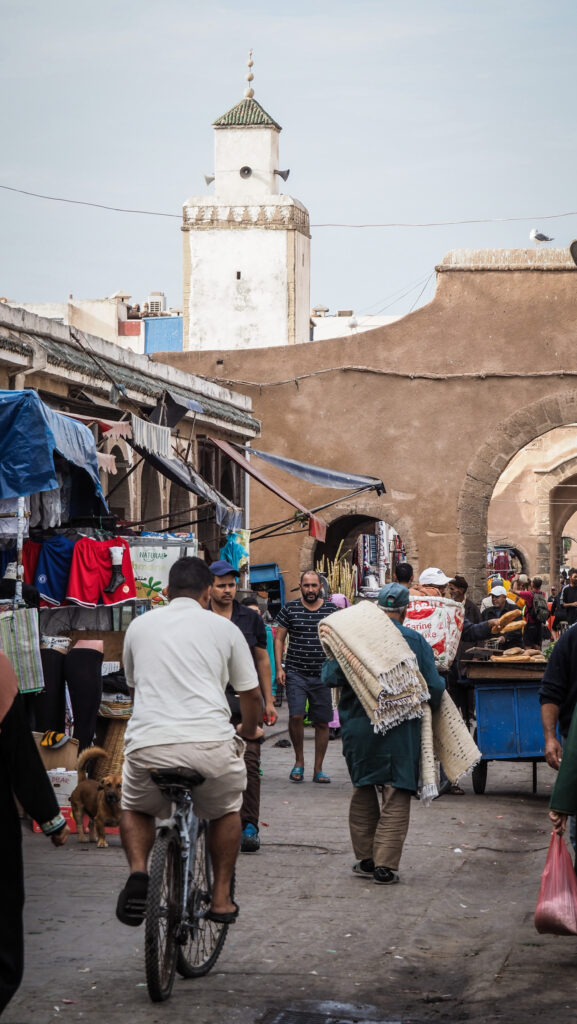

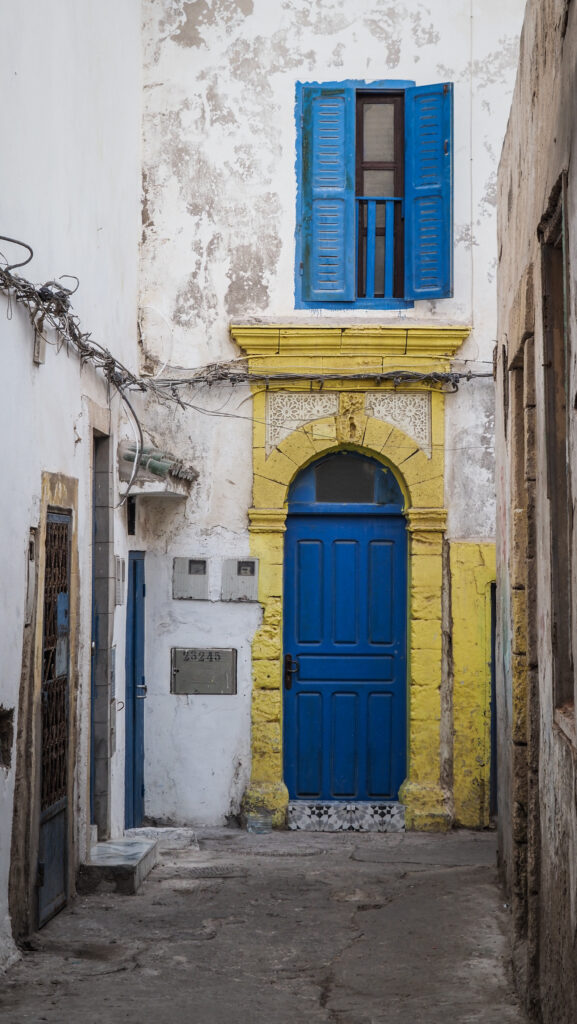
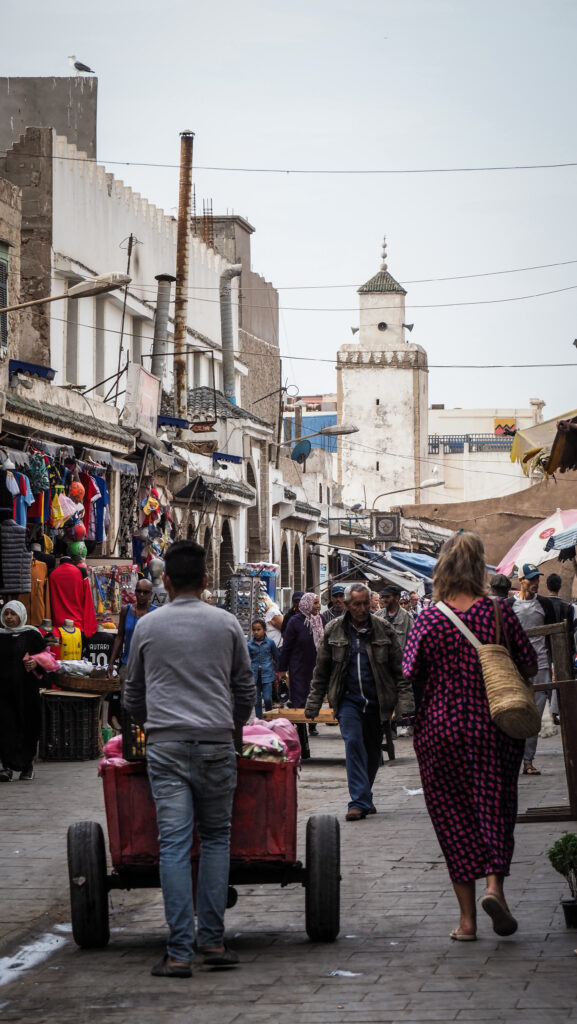
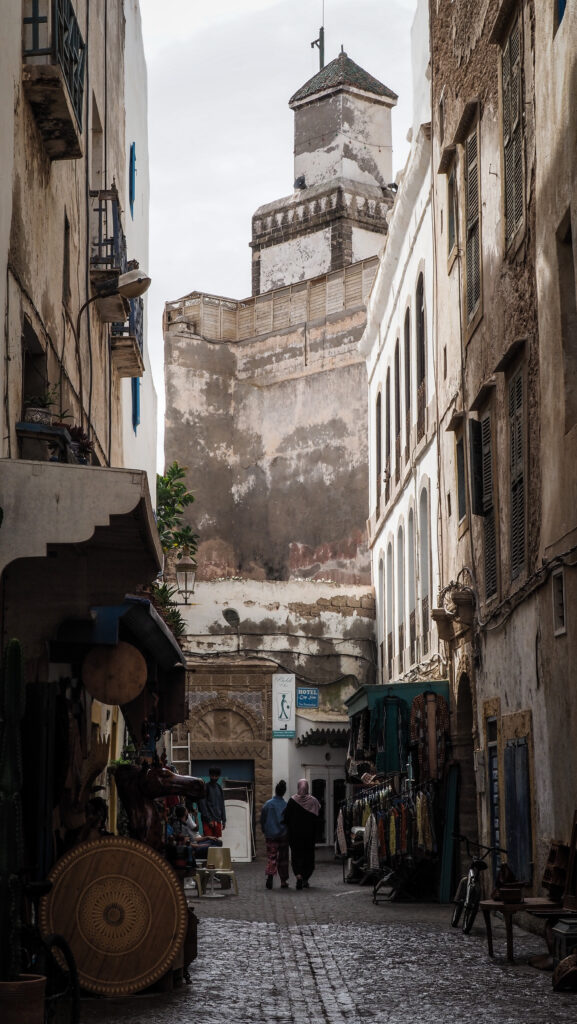
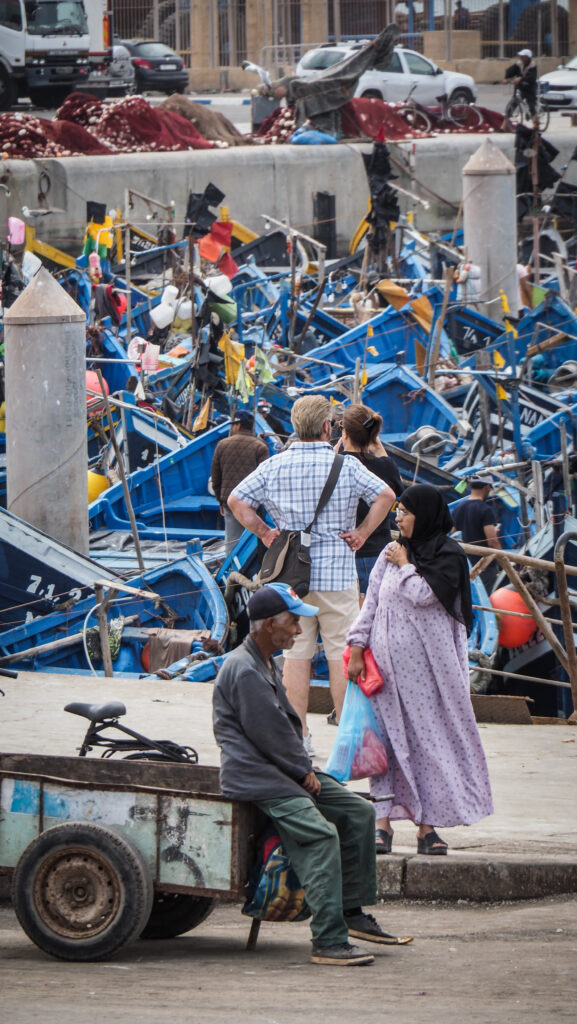
Haim Pinto Synagogue is one of a few such places that survived from the old times when Jews were present in the city. A Beautiful and tiny place. The downstairs is where the rabbi lived and the synagogue was located upstairs. Very close to it is Synagogue Slat Lkahal Mogador, another impressively restored place. It’s free to visit but you can leave a donation. If it’s closed, call the number visible on the door and the caretaker will come to let you in.
Musée Sidi Mohammed Ben Abdellah, housed in an old riad, features a small collection of local jewellery, costumes, needlework, woodcarving, and weapons.
The Portuguese constructed the Old Fortress in the 18th century. It offers a striking perspective of the walls and rooftops of the old medina, and the original canons are still intact. The visitors are welcome to explore them and ascend to see the amazing view.
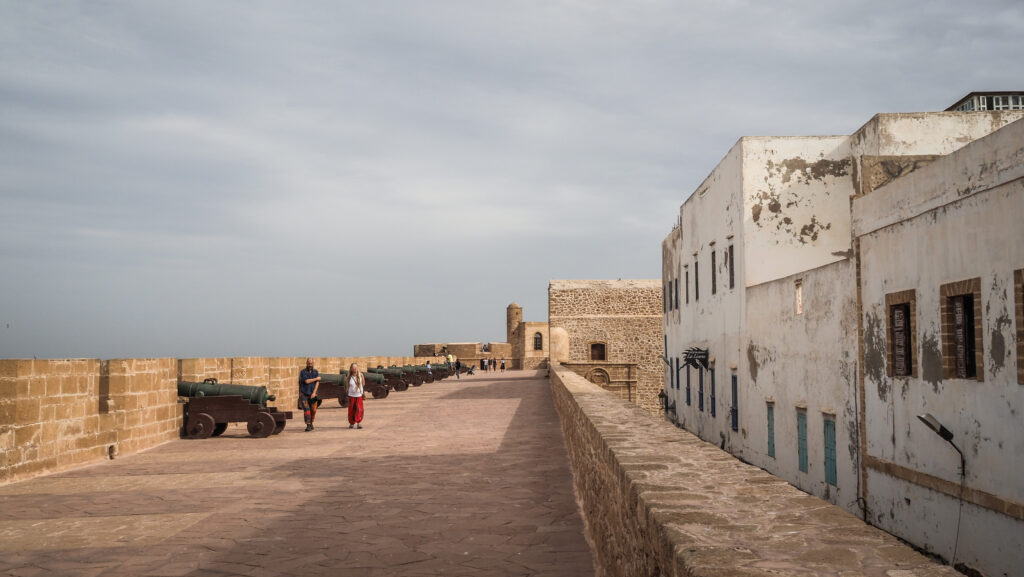
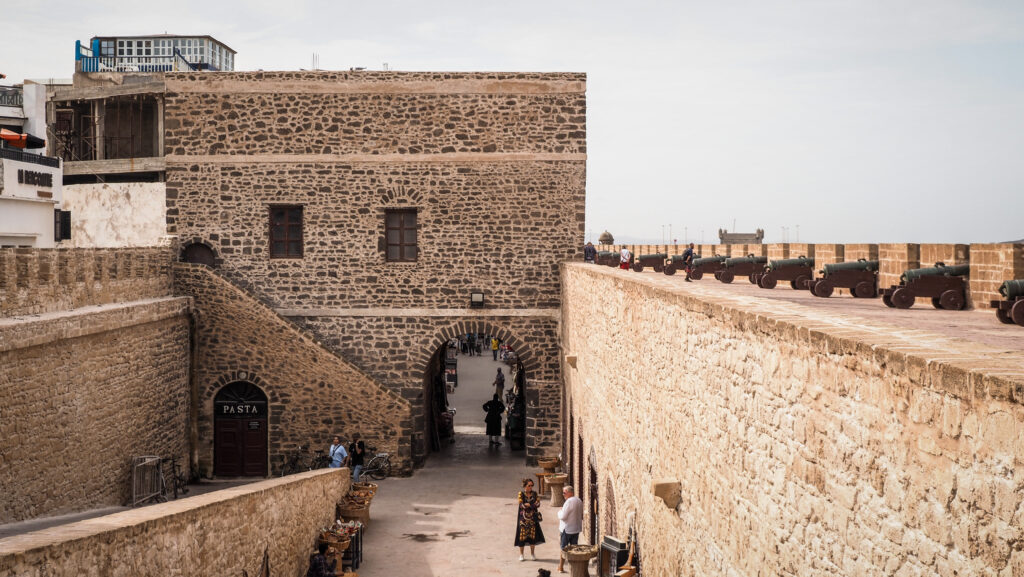
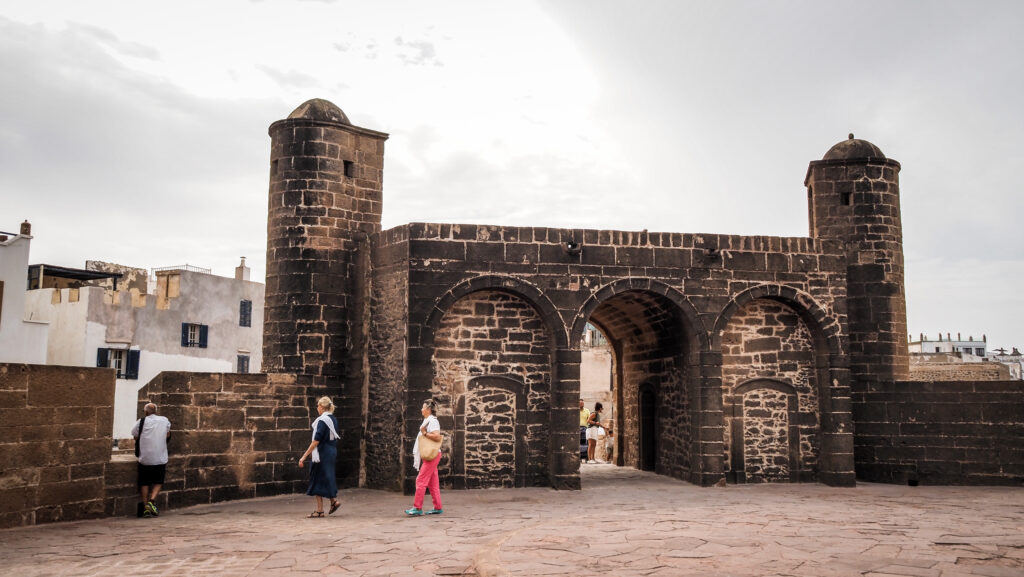
Bayt Dakira is the most interesting museum in town. It shows the history of Jewish people in Essaouira and how they interacted with the Muslim community. The visit is free. Nearby Gallery Kasbah is truly an art gallery different from other similar places. With a diverse array of artworks, it’s captivating and makes exploration really exciting. Make sure to visit all the floors, especially the rooftop, which boasts a stunning city view. If you have enough space at home, consider purchasing something from their collection! The visit here is free as well.
Horloge d’Essaouira is a pretty clock tower, easy to find as you go through the gateway of Bab Sbaa. There is a lovely little square with trees, cafes and restaurants. The tower is not open to the public.
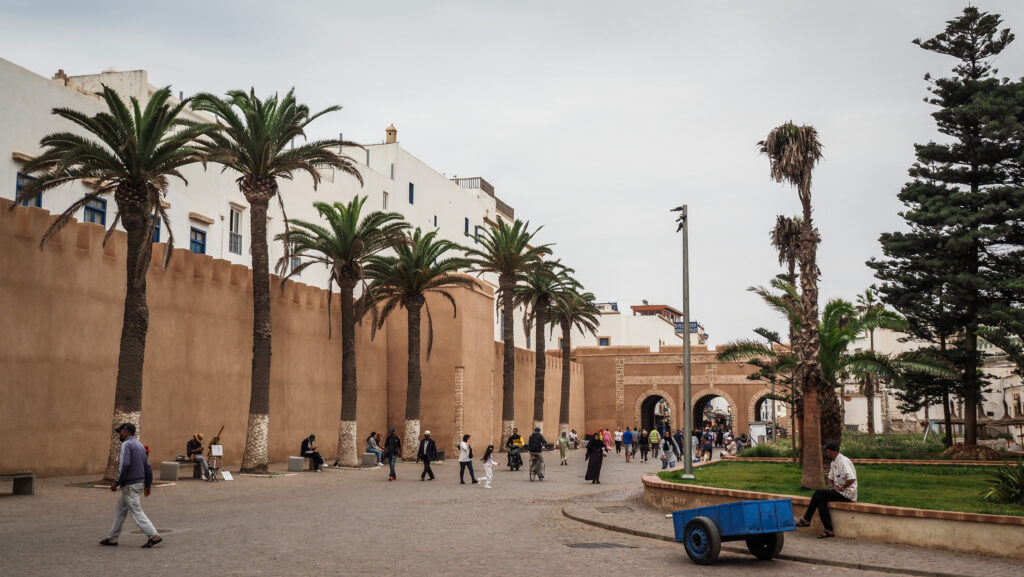
Bab Sbaa is one of the original and probably the most used city gate today. It is the main entrance if you are coming from the beach or the promenade. The outer area is like a small urban park and also the main pick point for all the local taxis and buses.
Place Moulay Hassan is a big open space with a lot of things happening there throughout the day. There are many gift shops, antique shops, and cafes around. Local musicians and bands come over to entertain crowds.
The port of Essaouira is incredibly atmospheric, loud, and stinky. Boats are arriving and departing frequently, unloading day’s catch and local fishermen repair nets. You can also see traditional wooden boats being. It is worth going to the fish auction which is situated right outside the city gate of Bab El Marsa. You can enter nearby fortifications of the bastion for 50 MAD per person. It’s not a huge space and you can walk around it in 10 minutes. The views of the walled medina and Mogador Island are really charming, especially at sunset with many seagulls in the air.
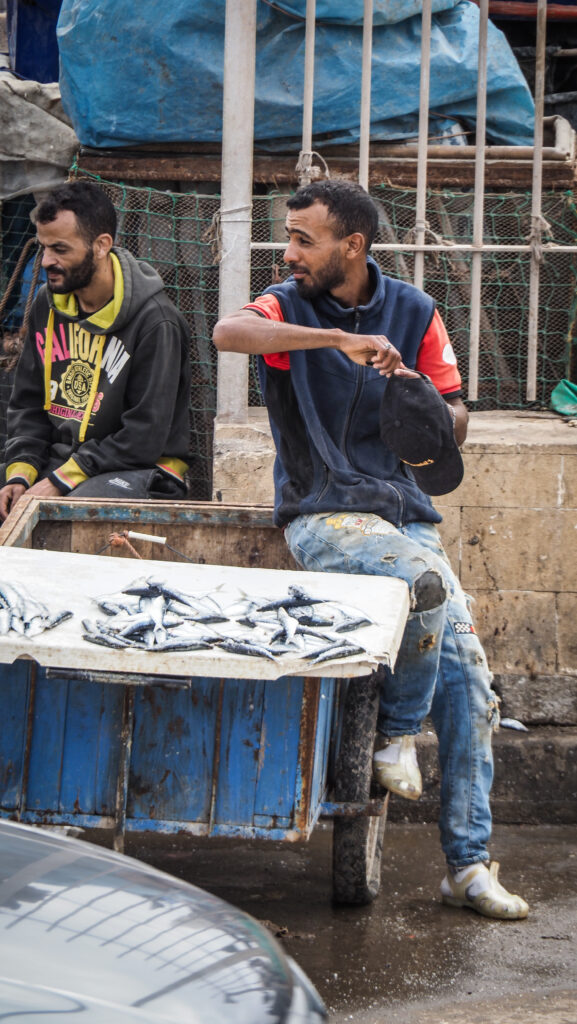
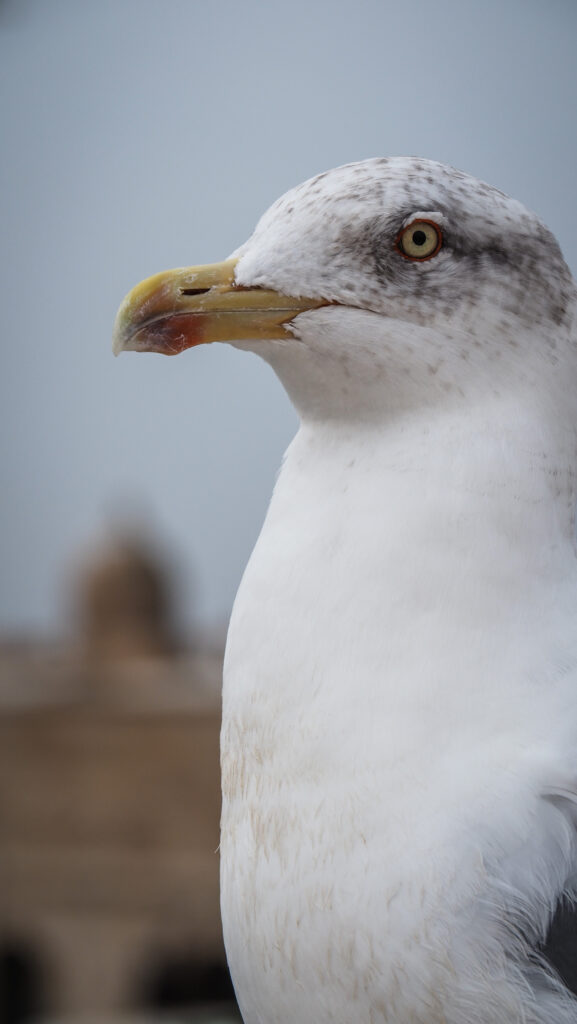
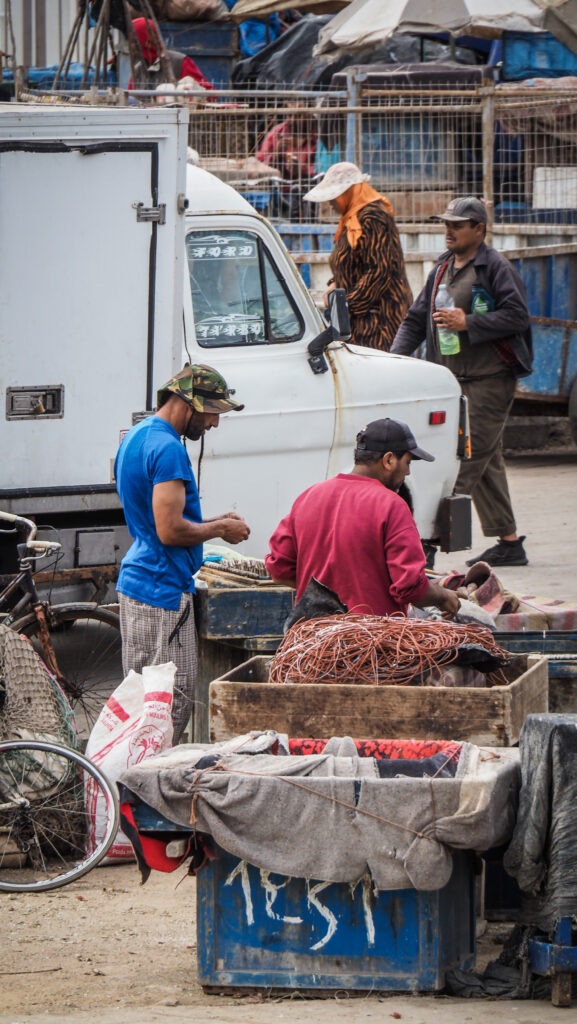
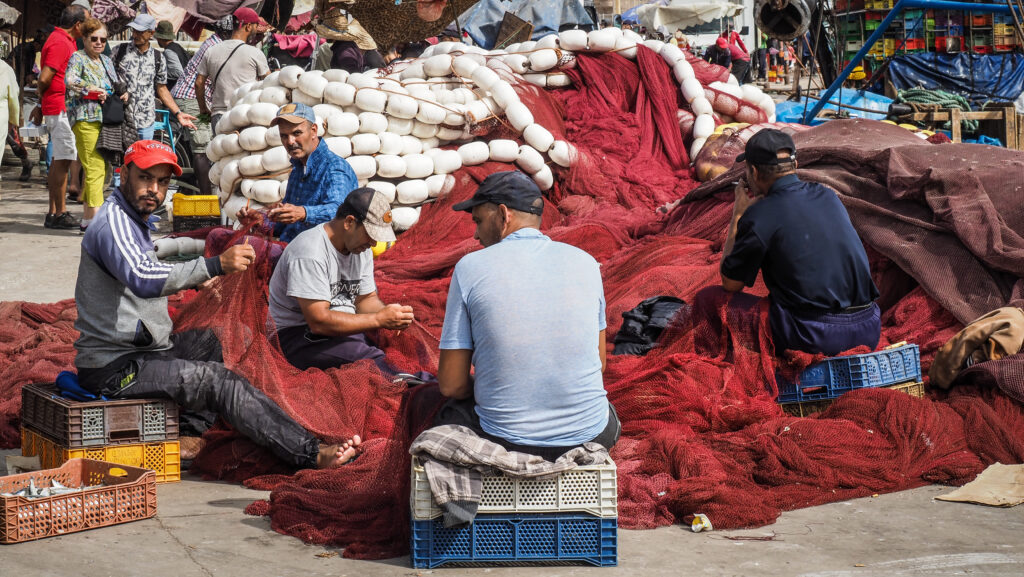
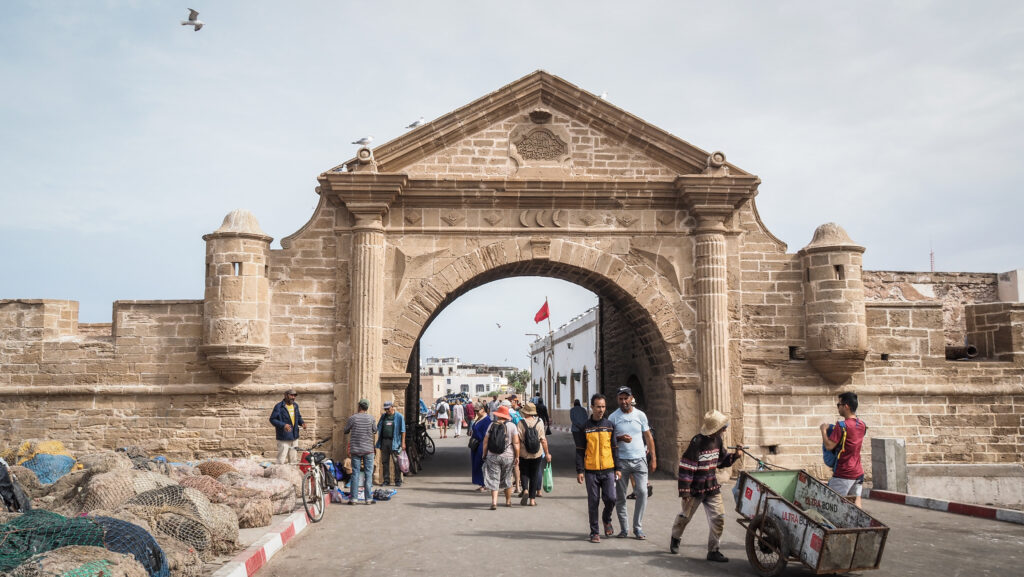
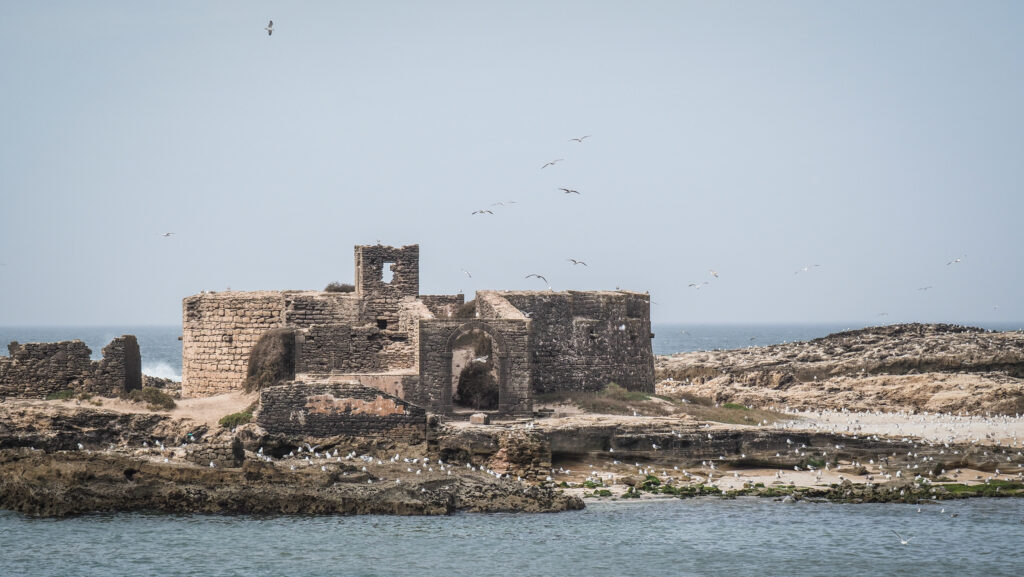
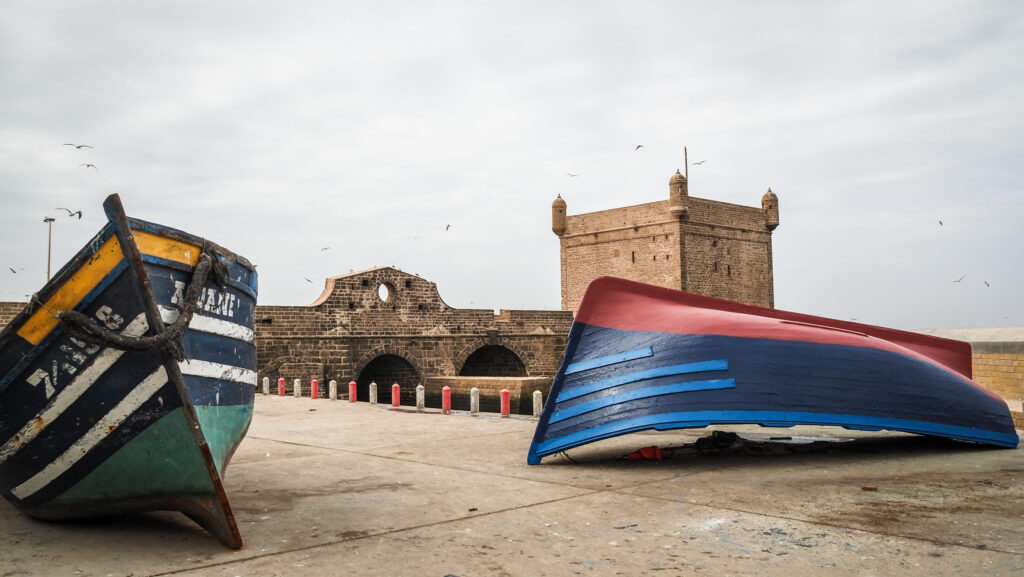
The Carthaginian navigator Hanno visited and established a trading post on Mogador Island in the 5th century BC, and Phoenician artefacts have been found on the island. More recently it served as a woman’s prison and a quarantine centre. Today it is uninhabited and it’s very difficult to secure permits to land there, as it’s a major breeding site for the Eleonora’s falcon. However, you can arrange boat trips around the island.
Plage d’Essaouira and Plage Tagharte are two beaches that run for a few kilometres with some sand dunes at the far end away from the old town. Unfortunately, they are not the cleanest. If you go close to the umbrellas and camels, then you will get accosted by touts. Stay away unless you intend to use their service. If you are up for a challenge, check the offer of surfing / kitesurfing schools.
